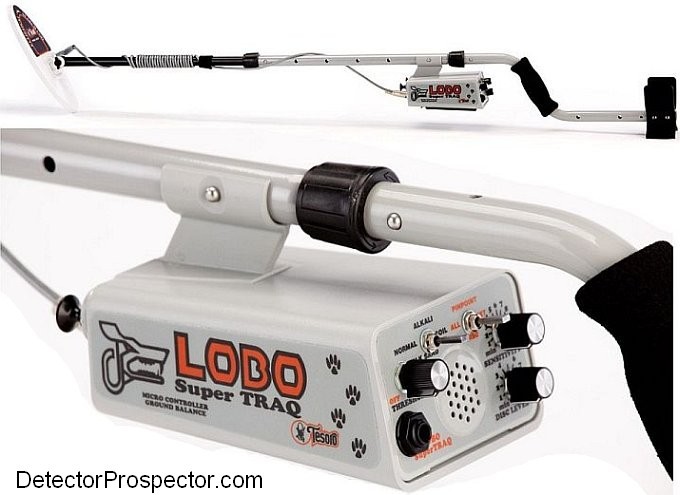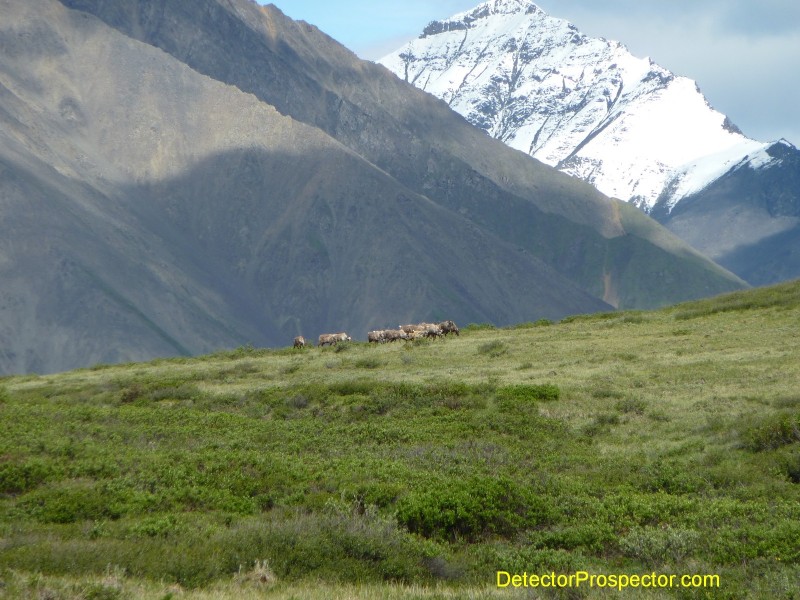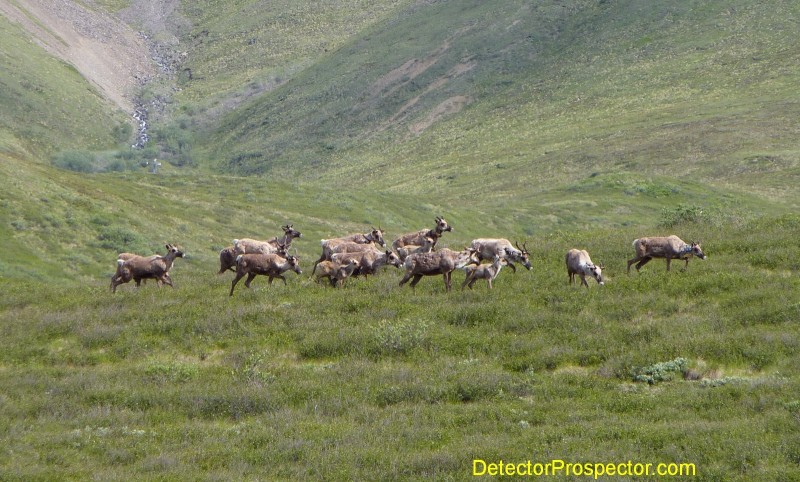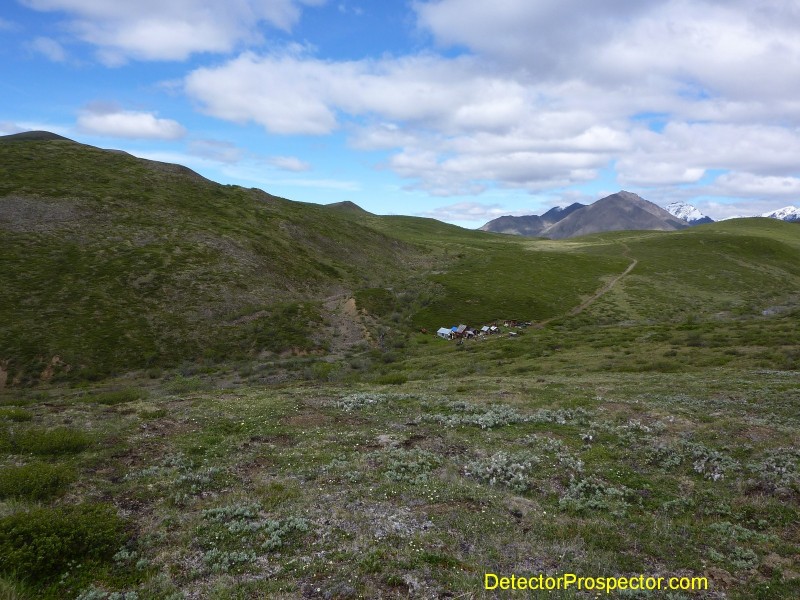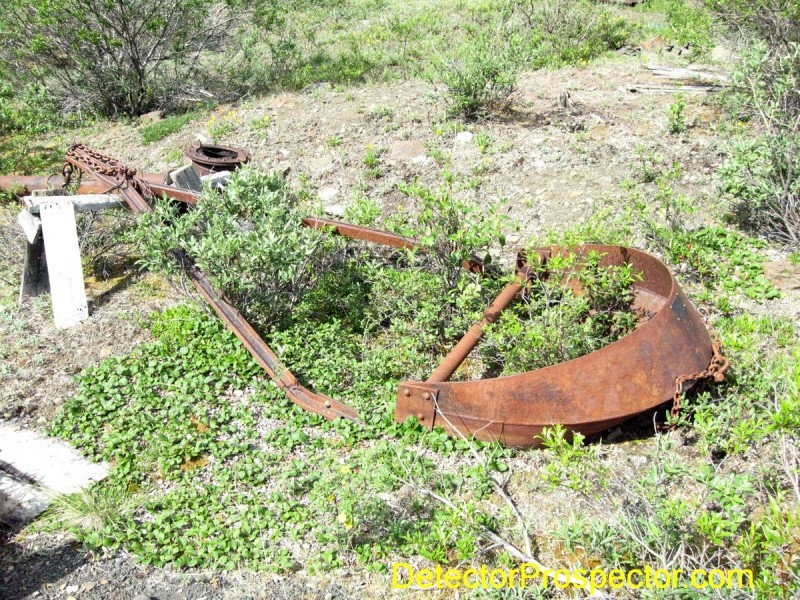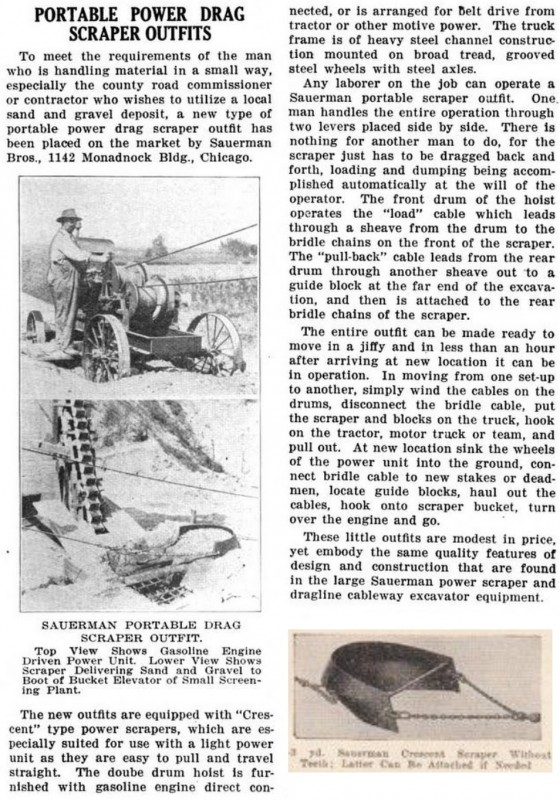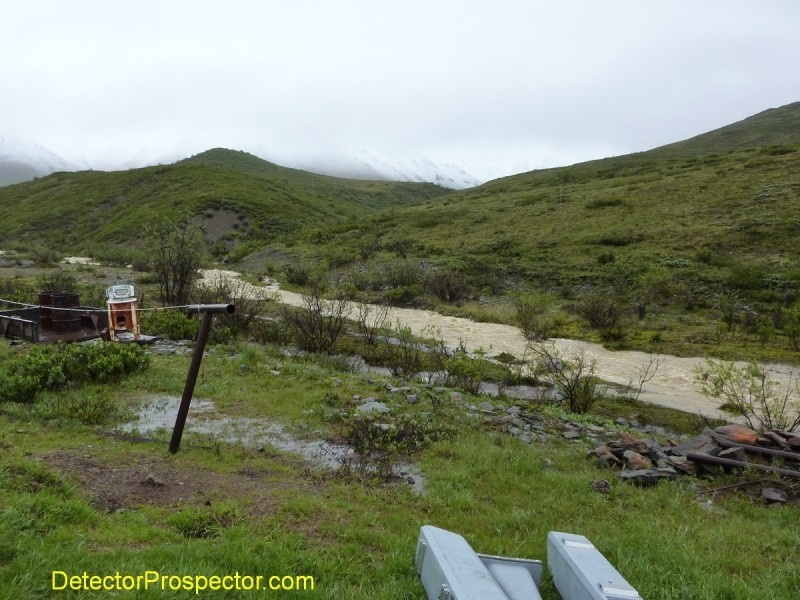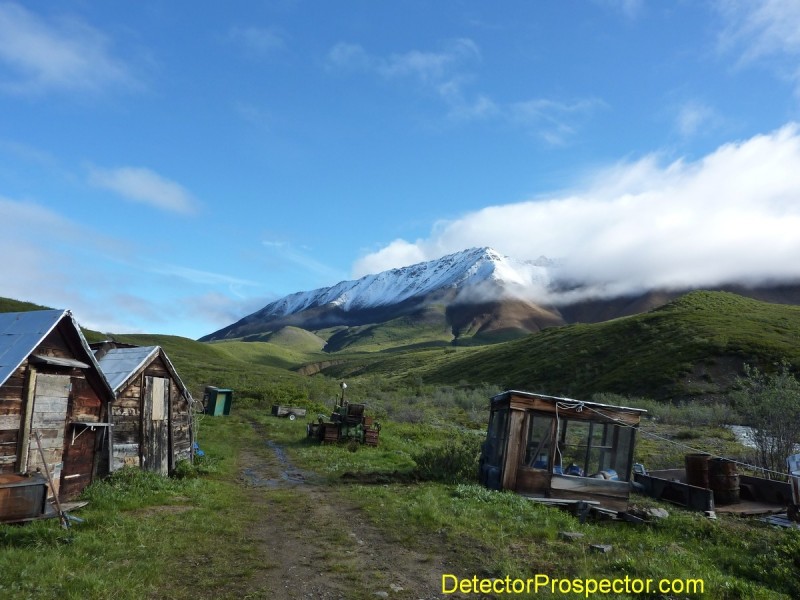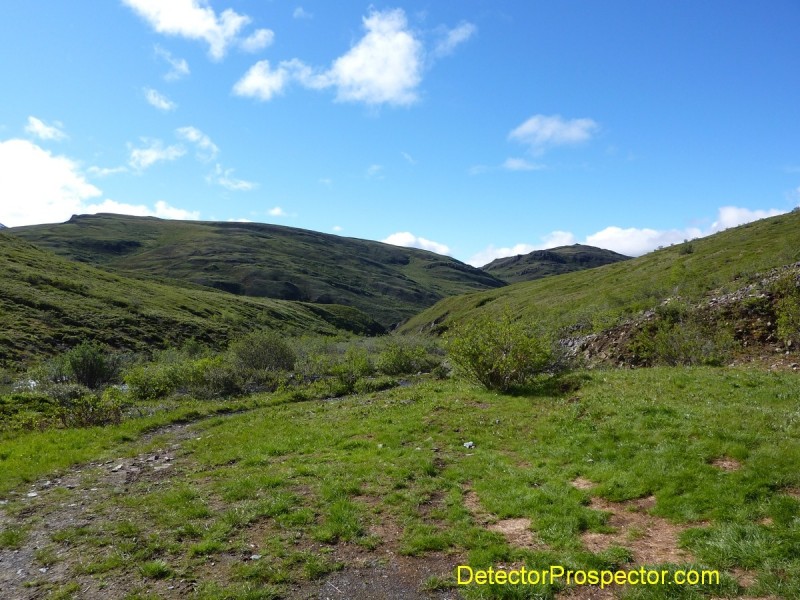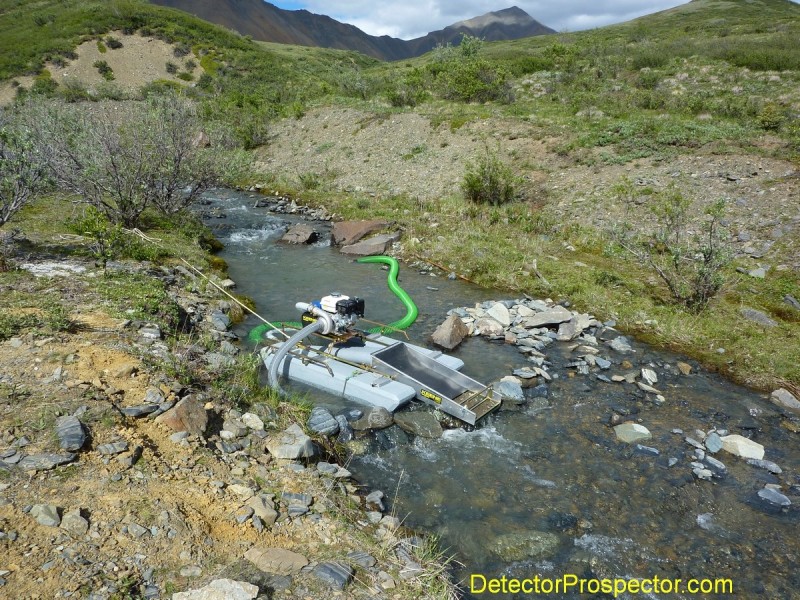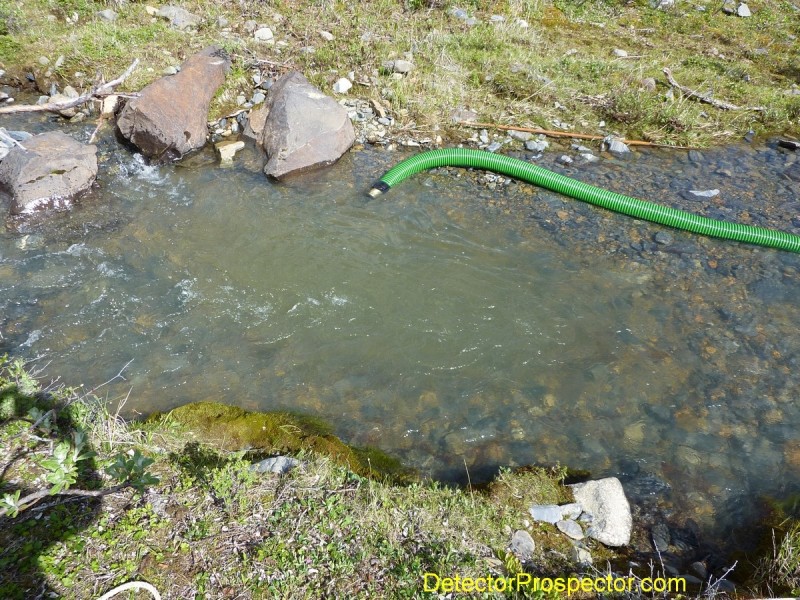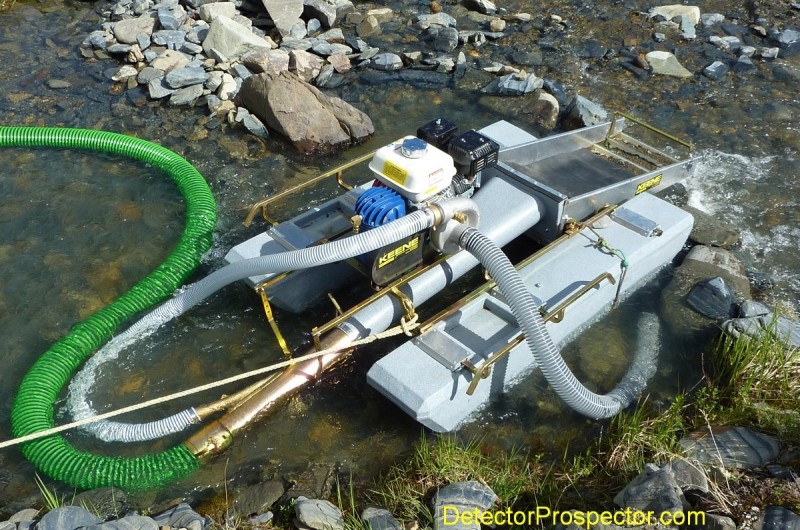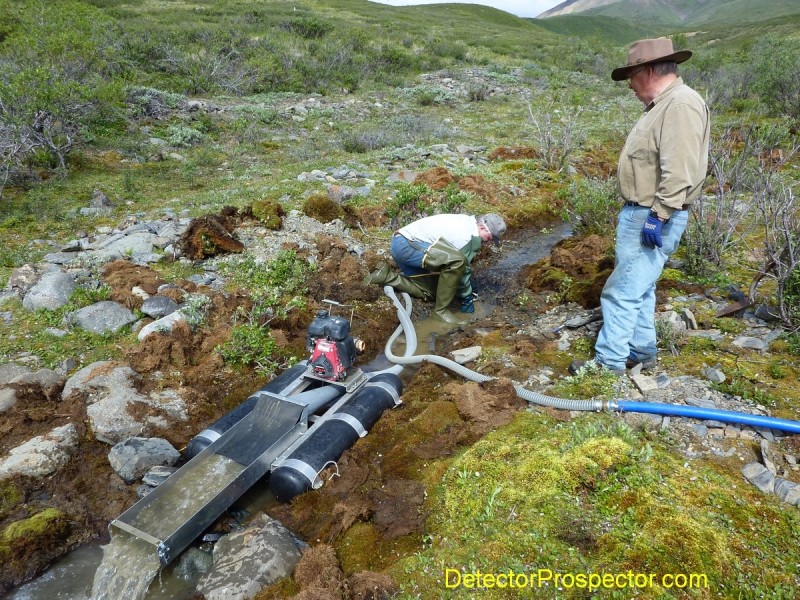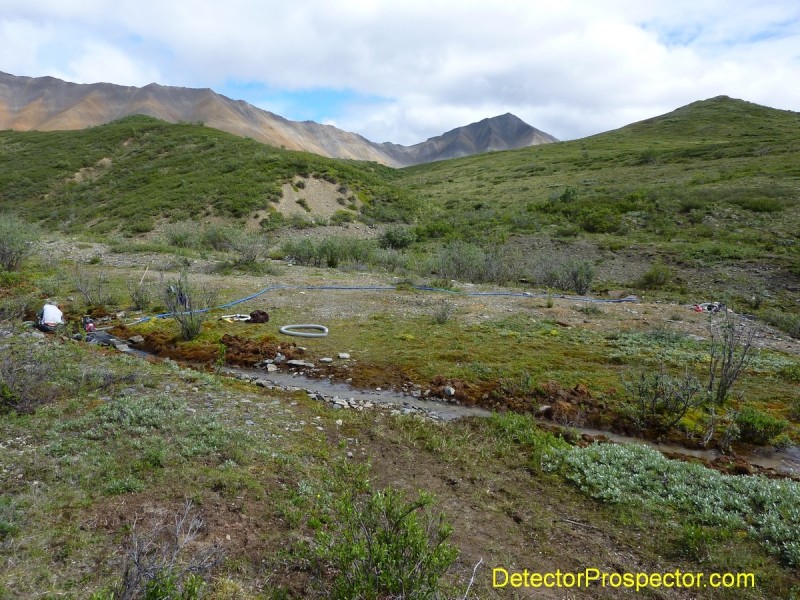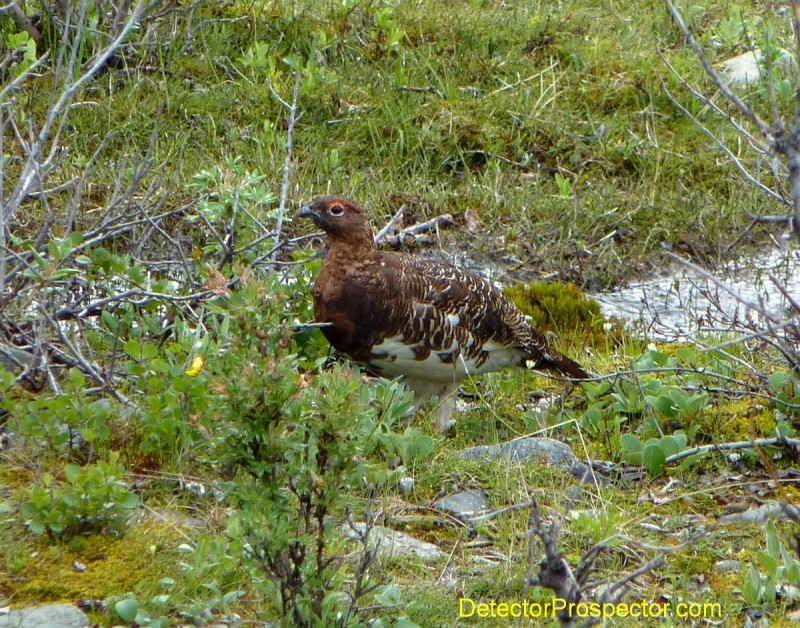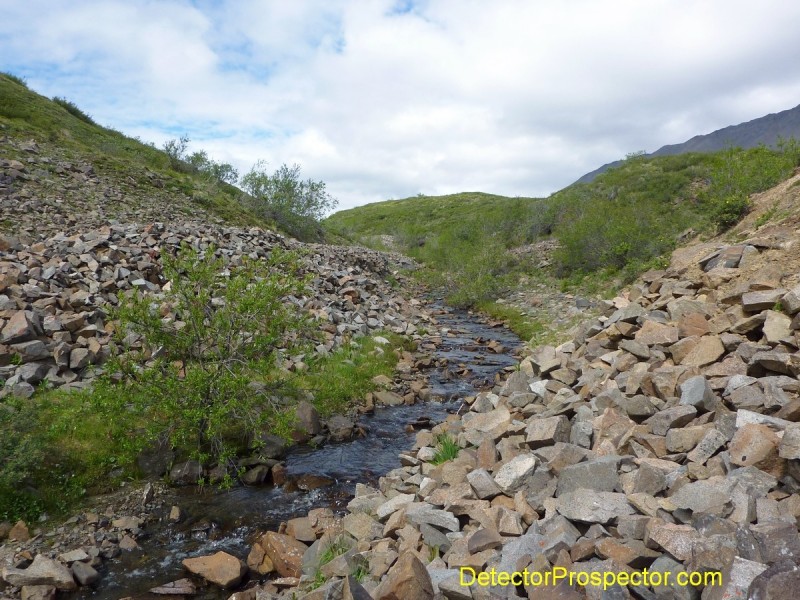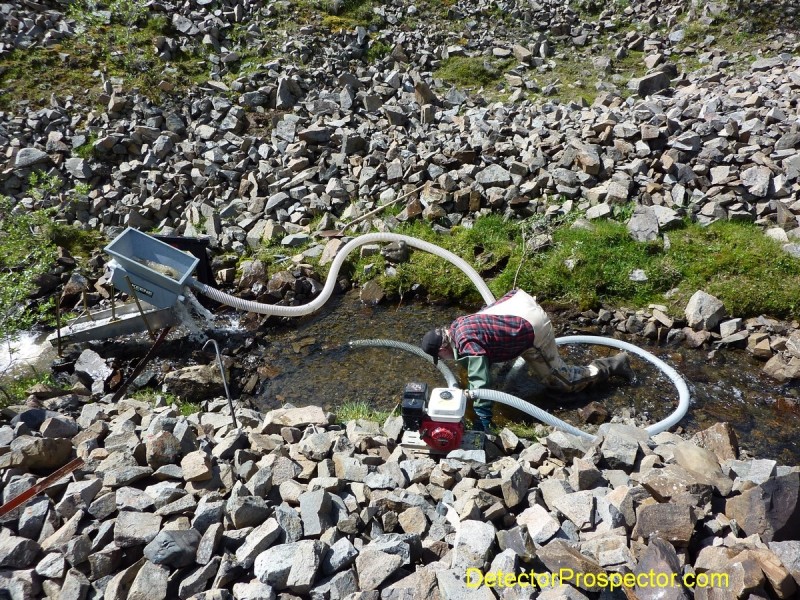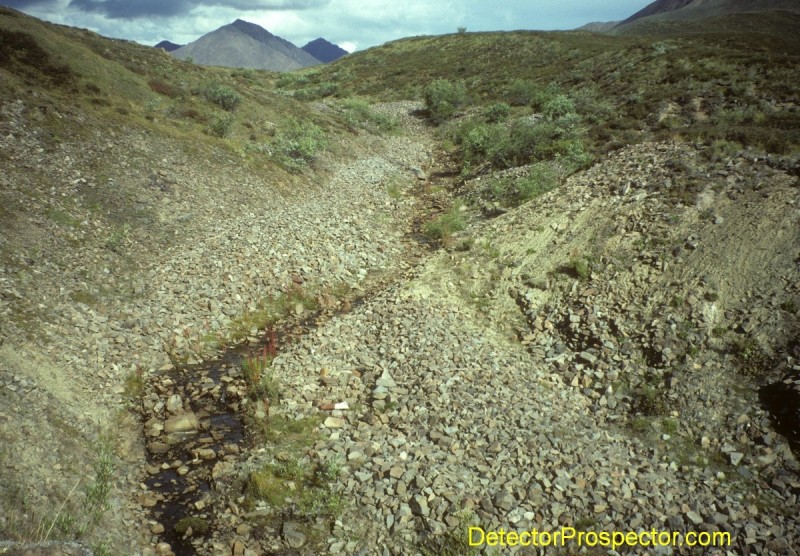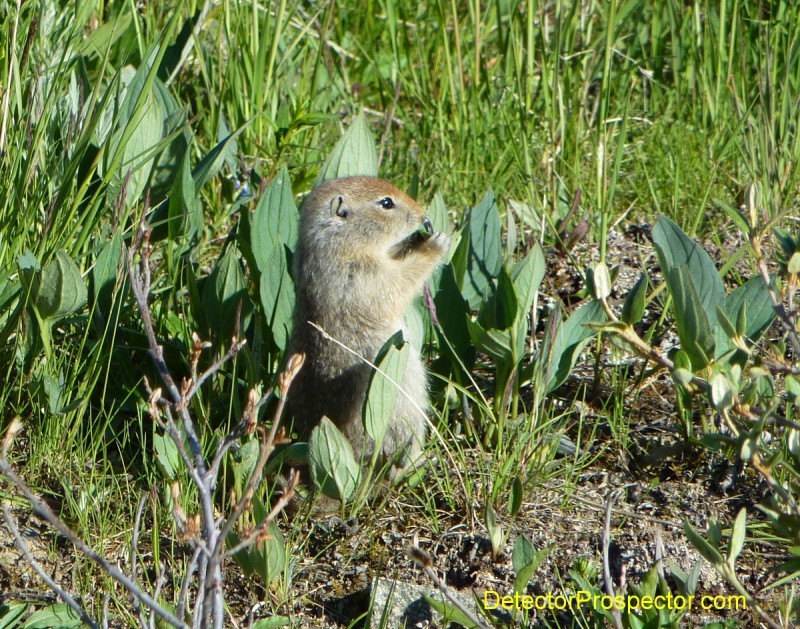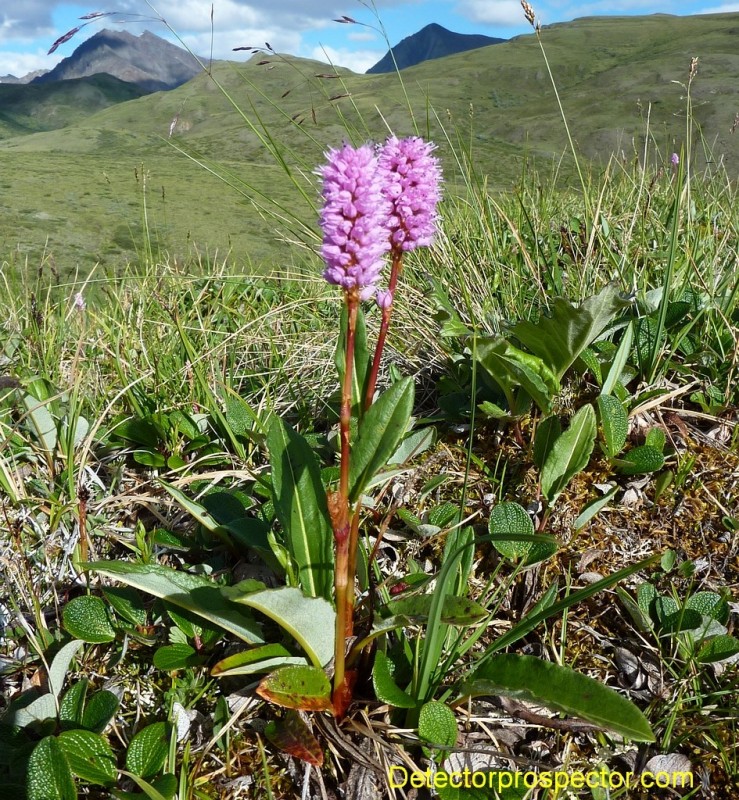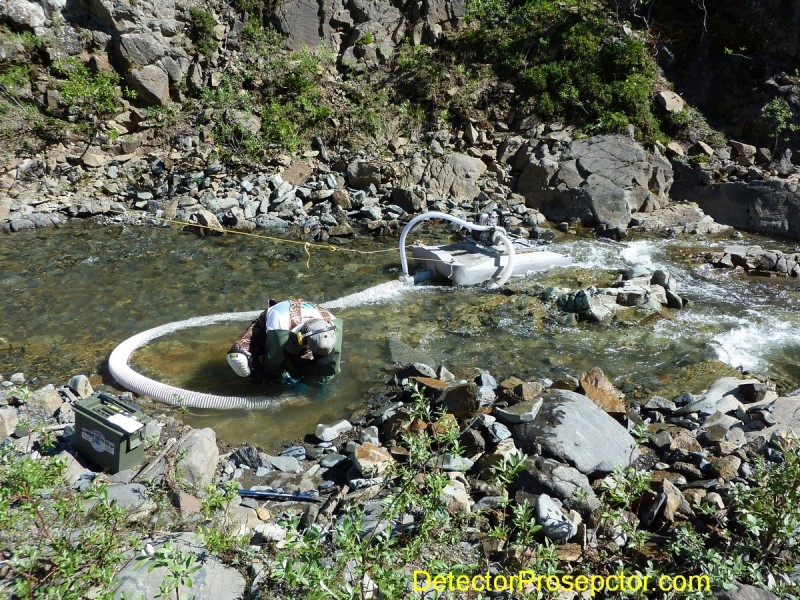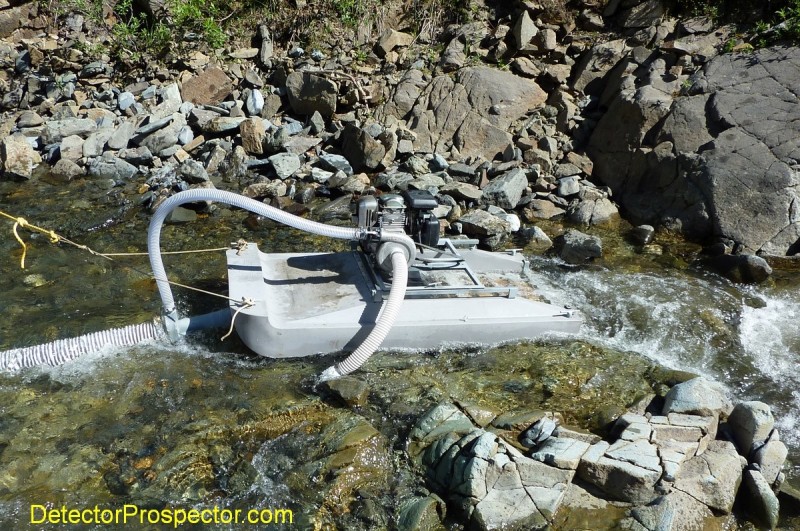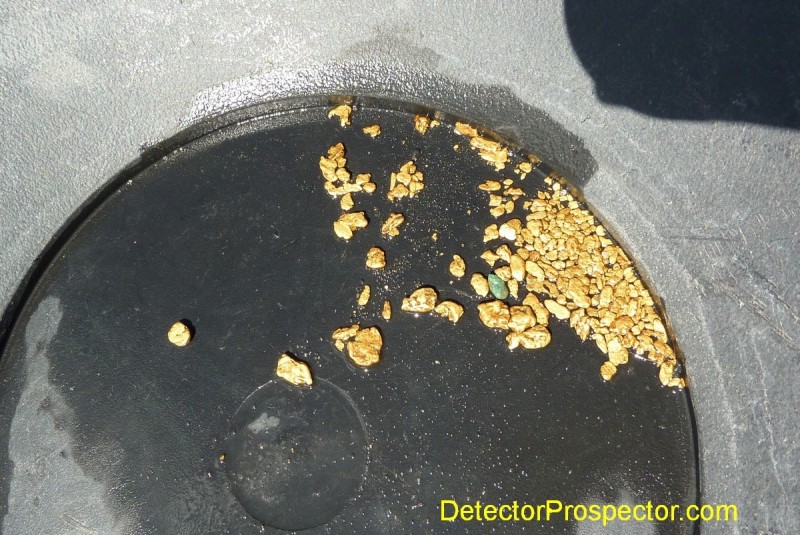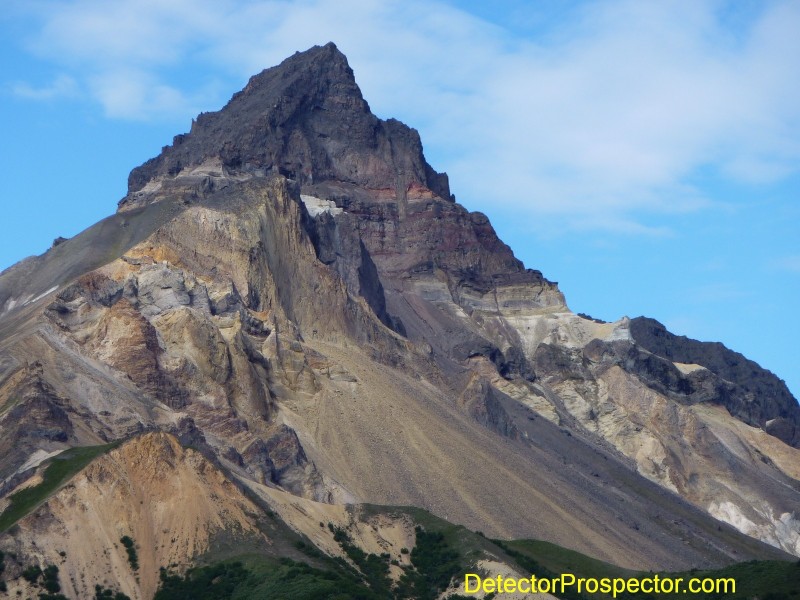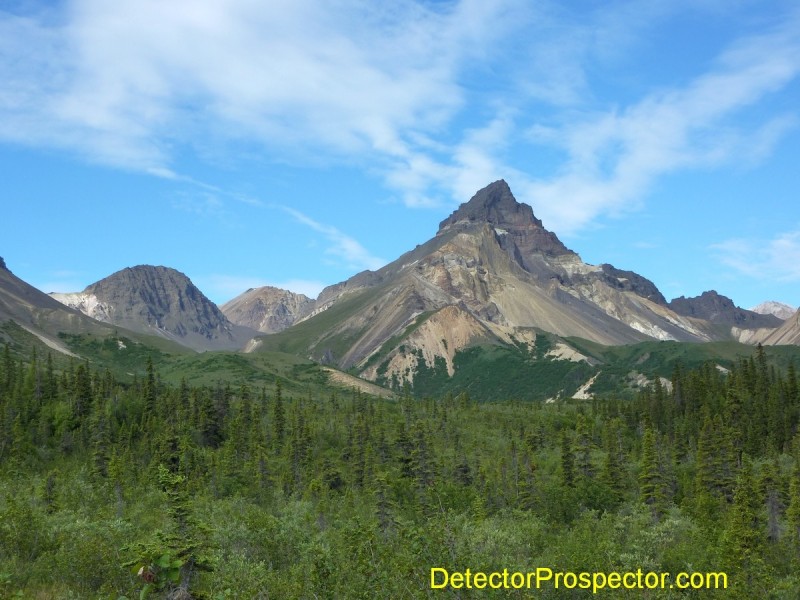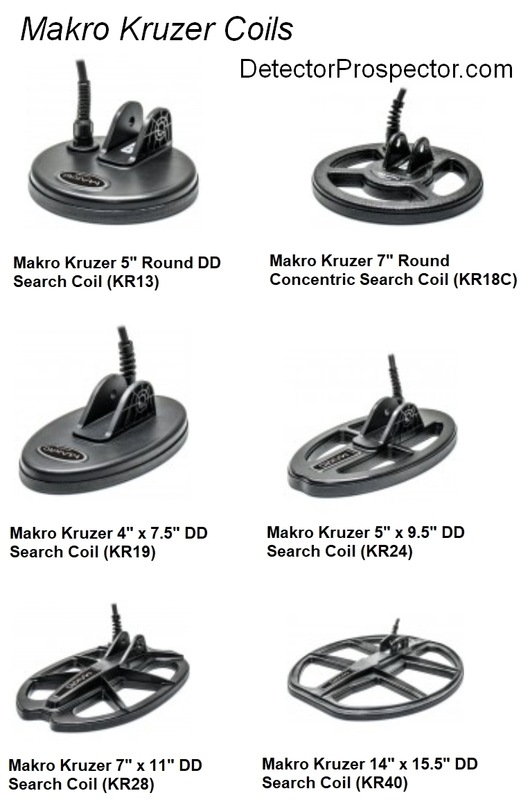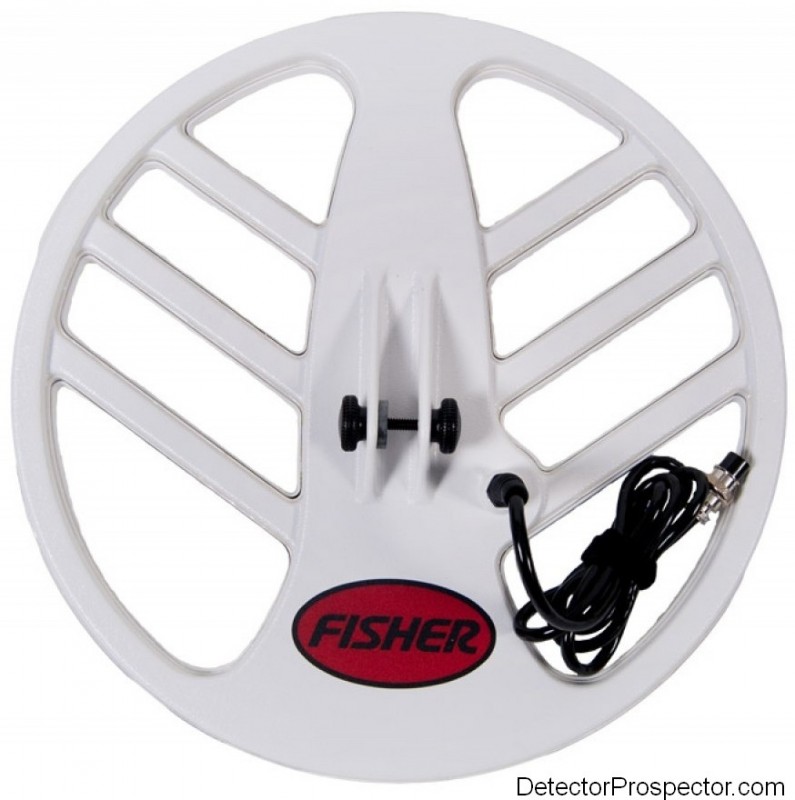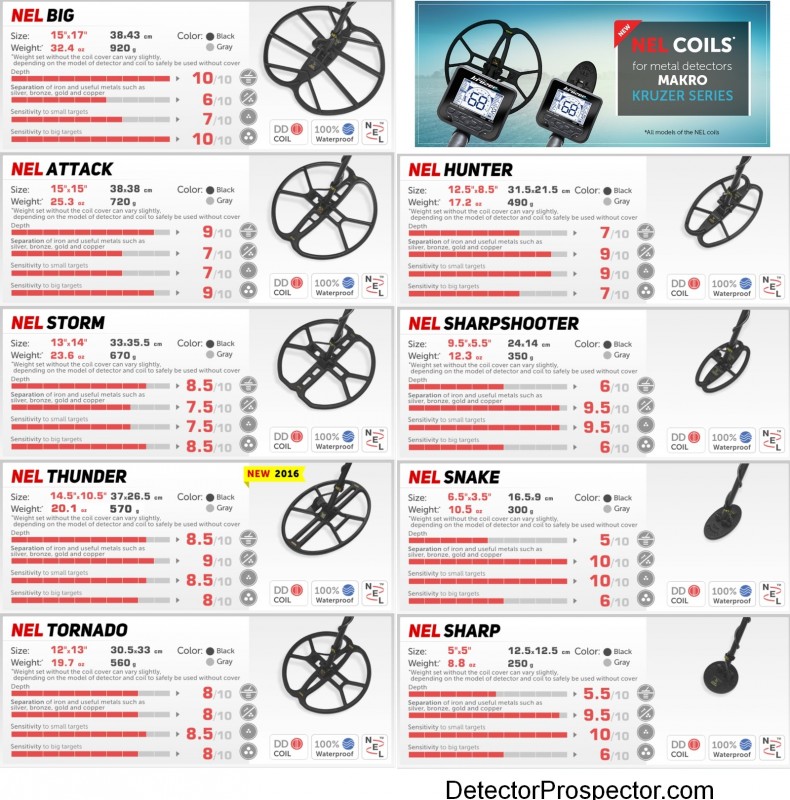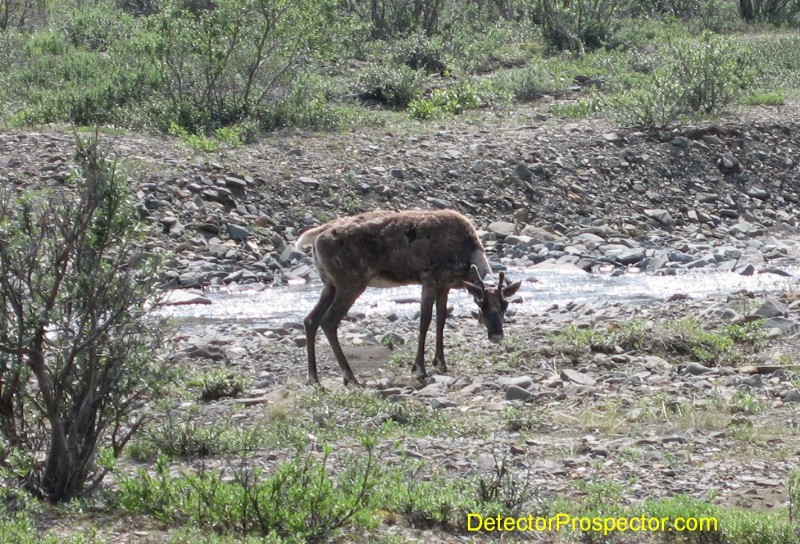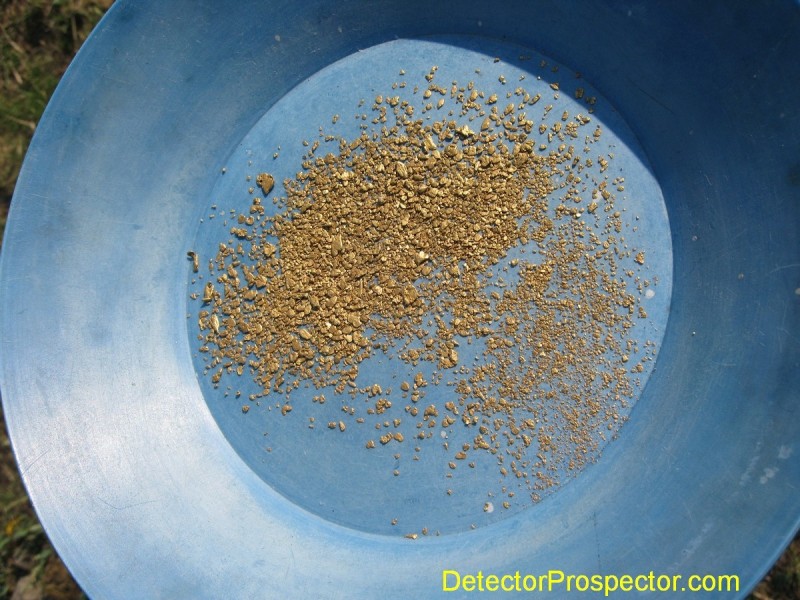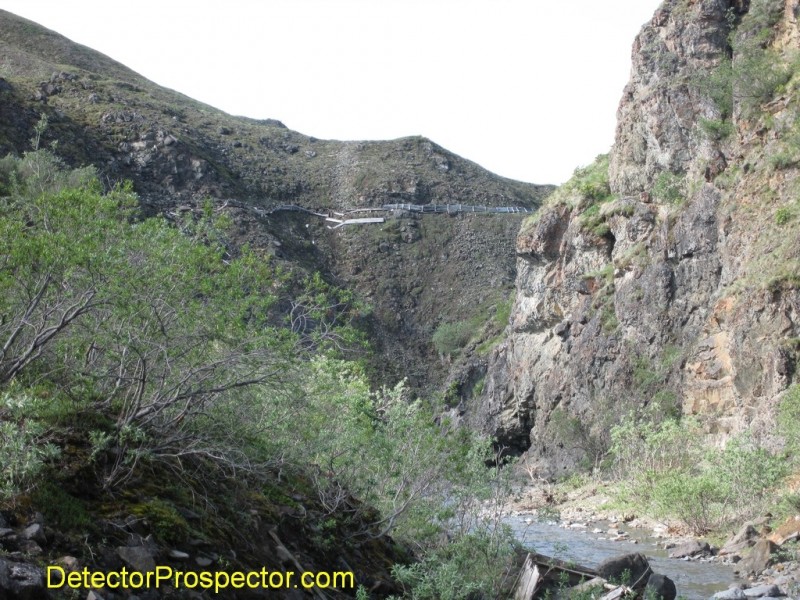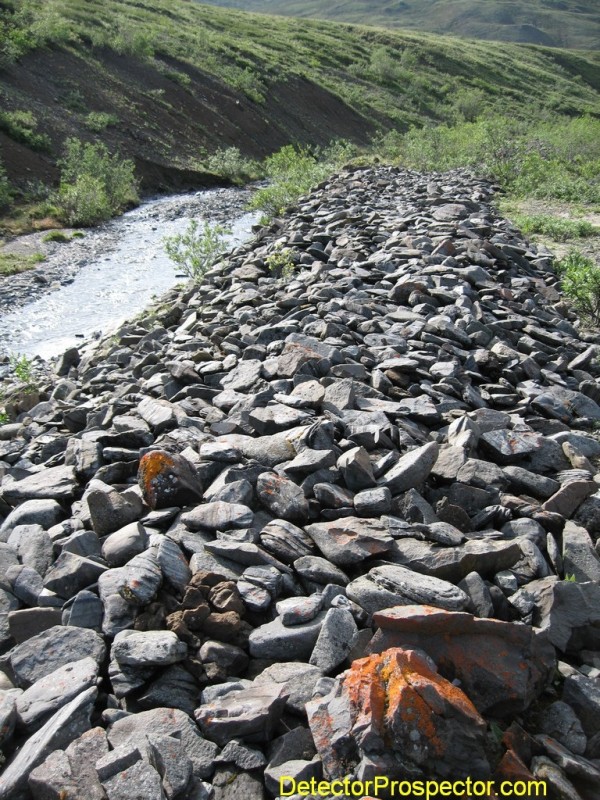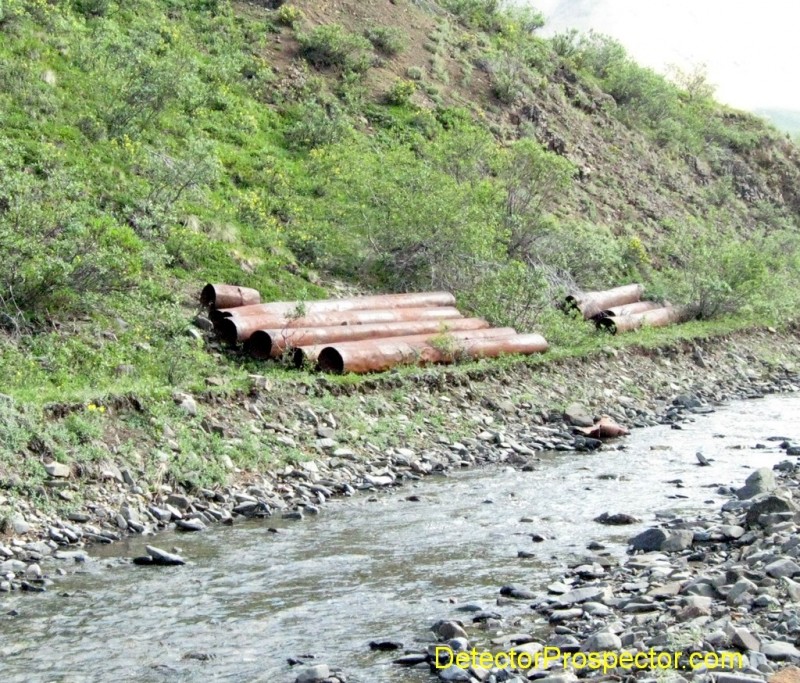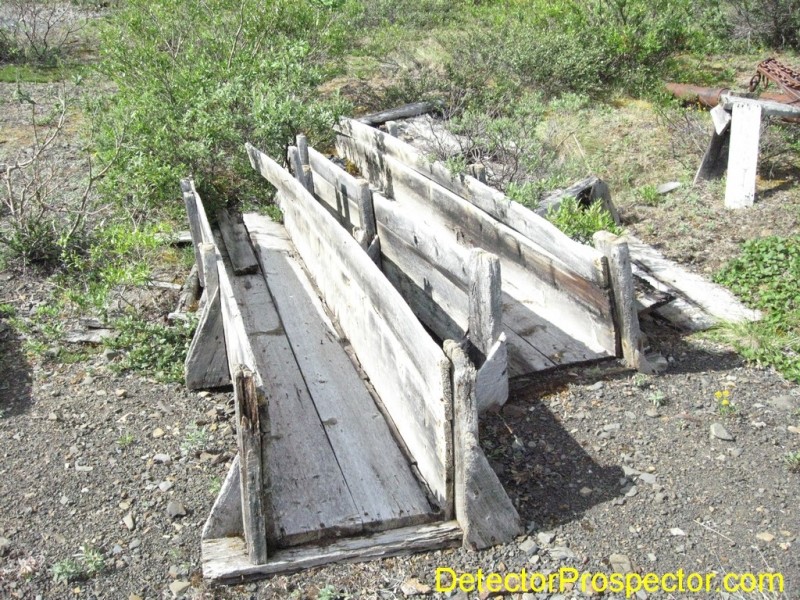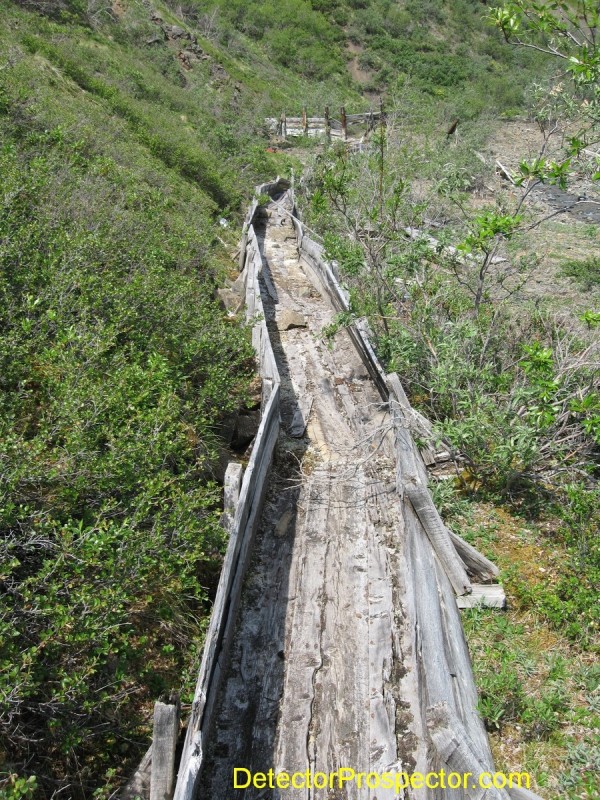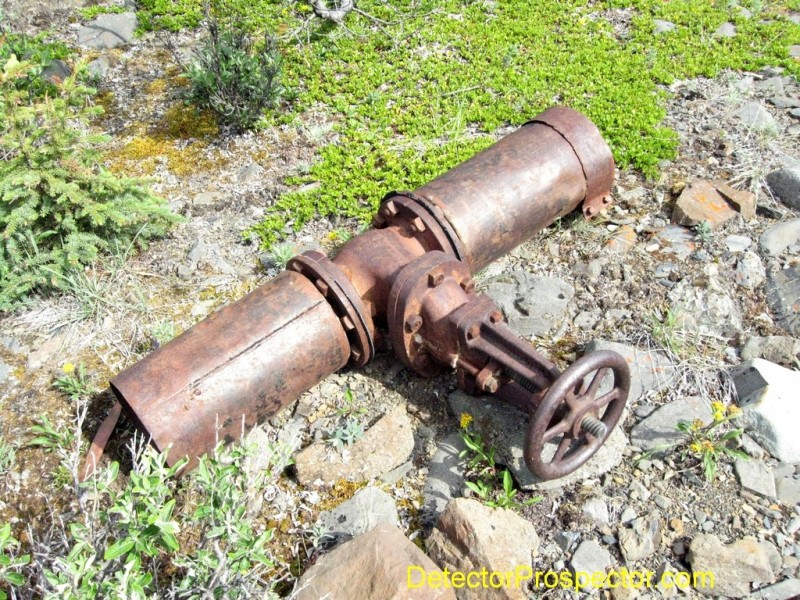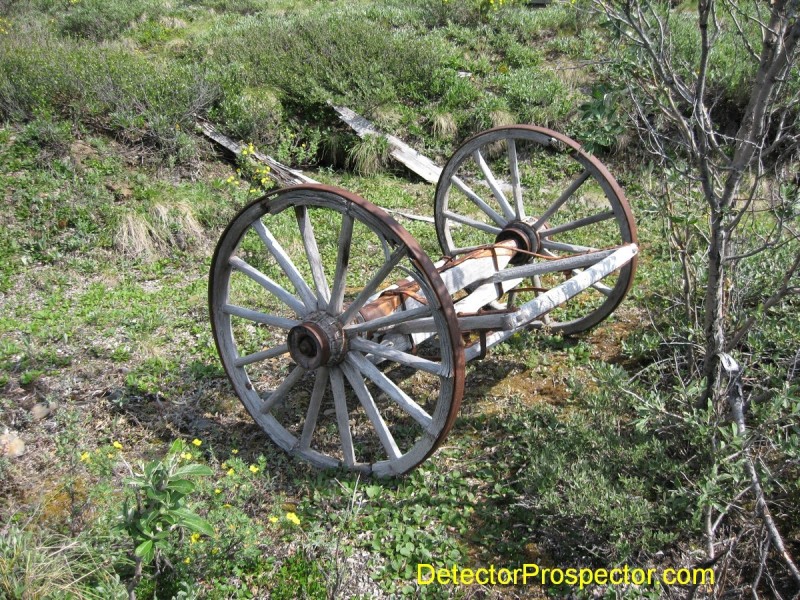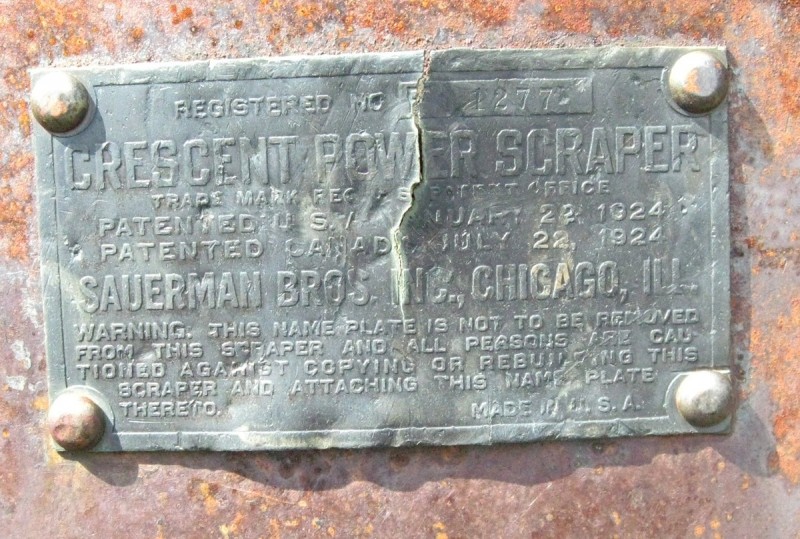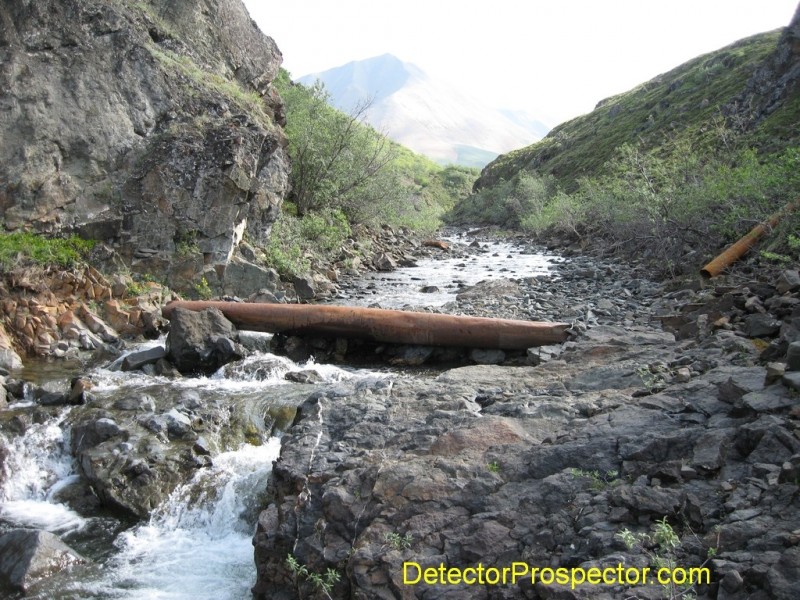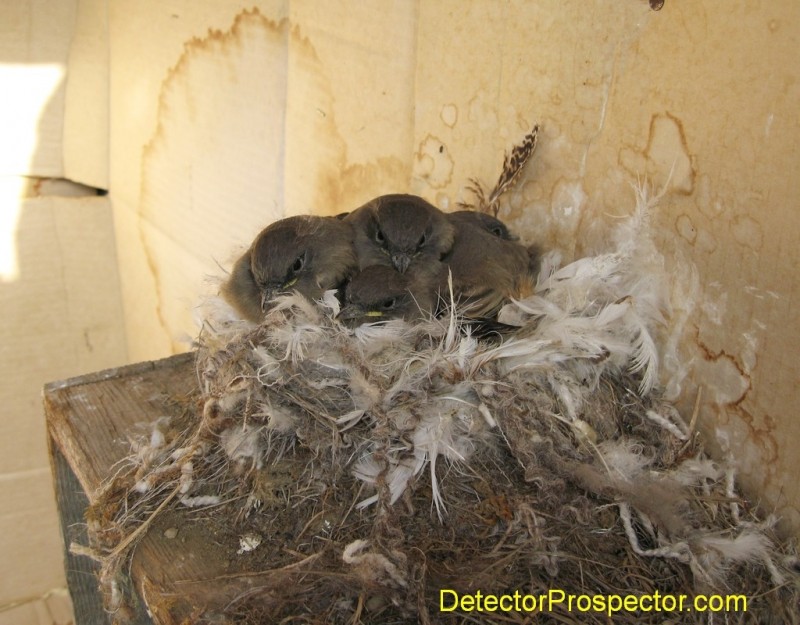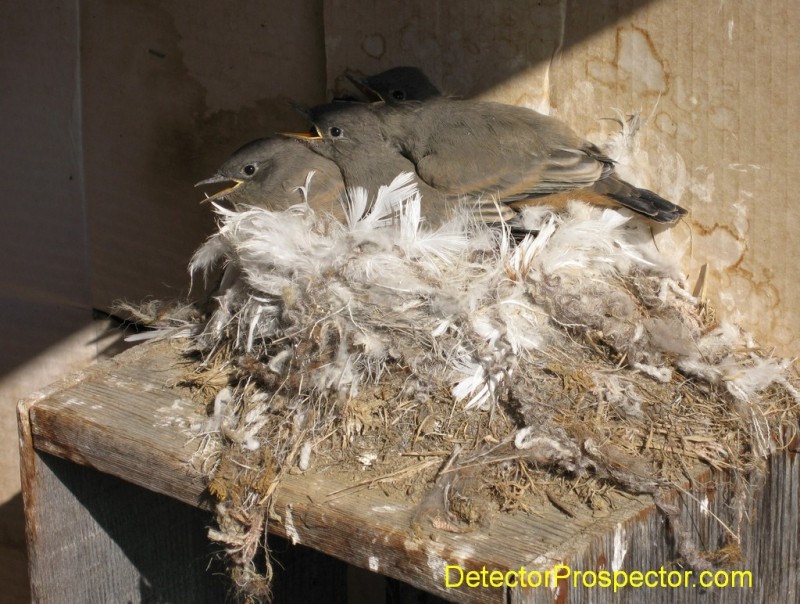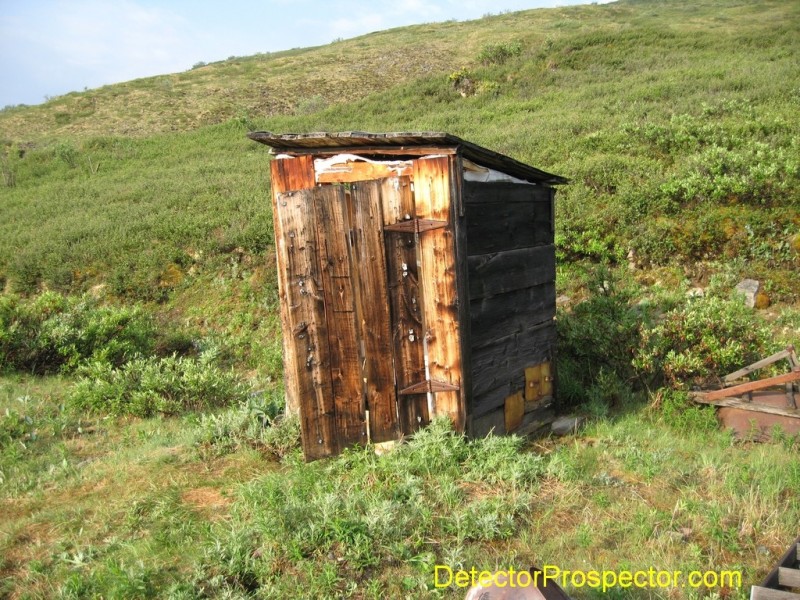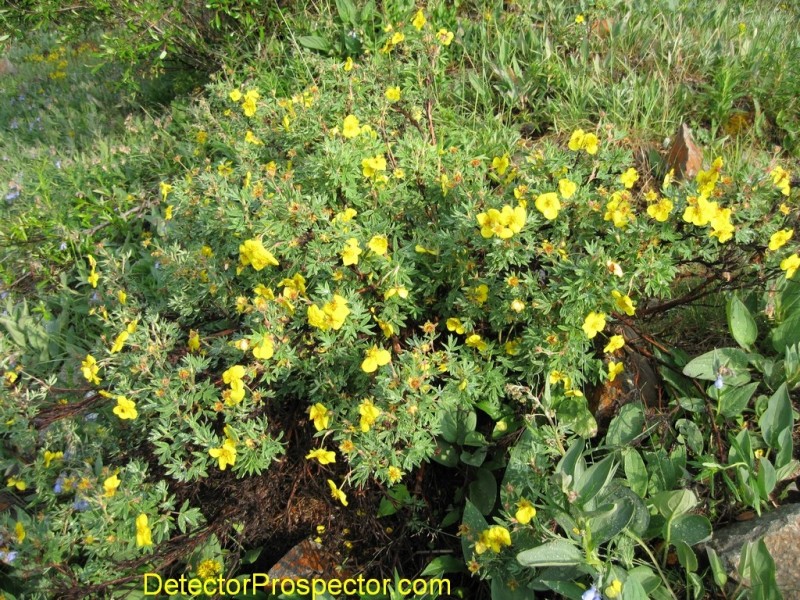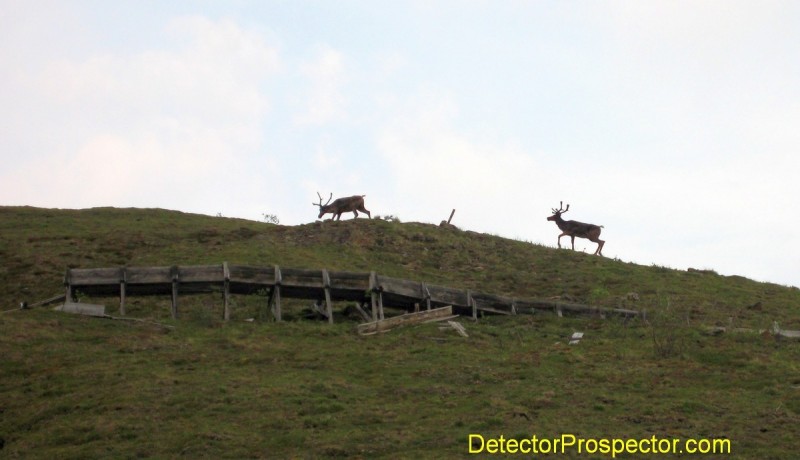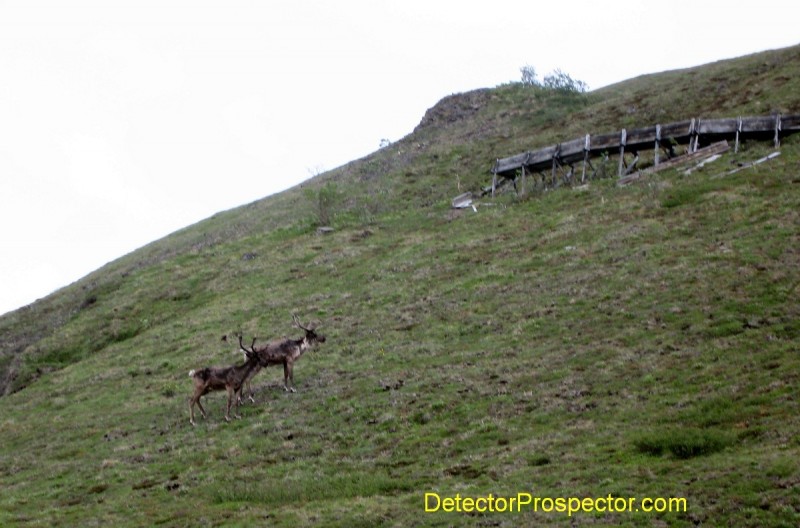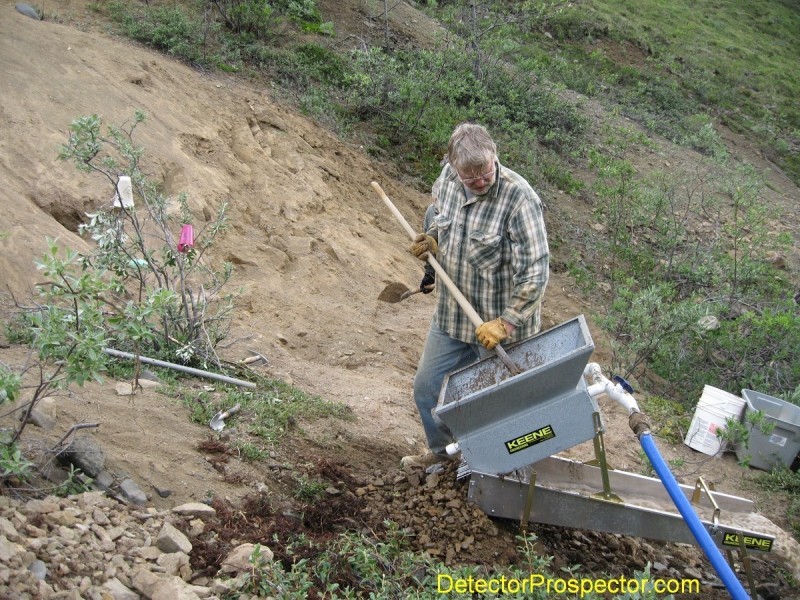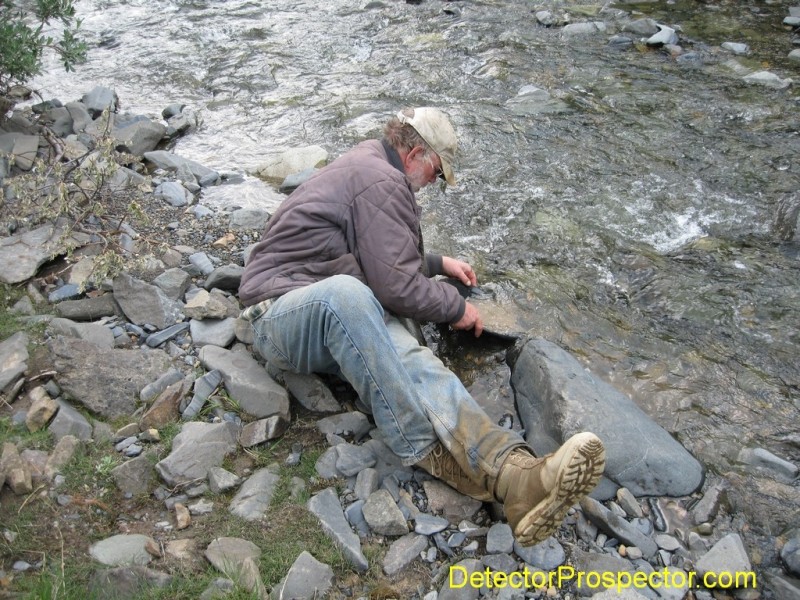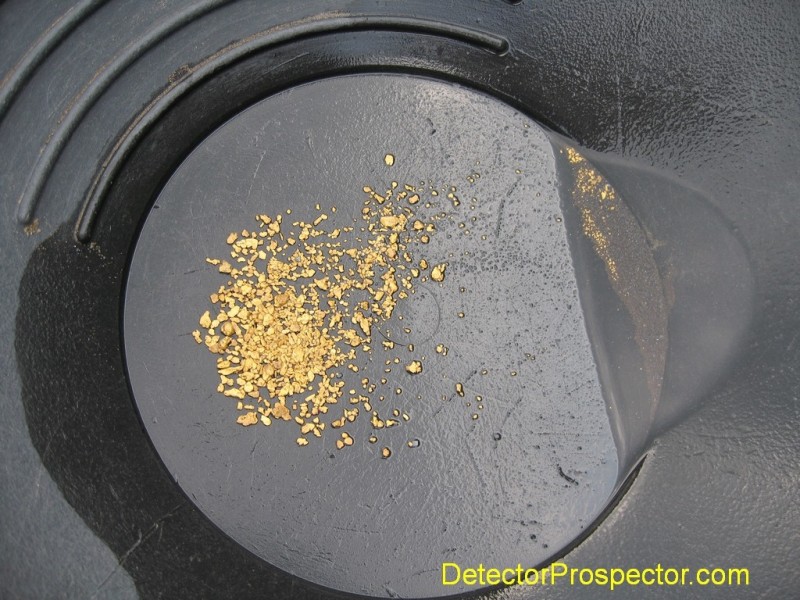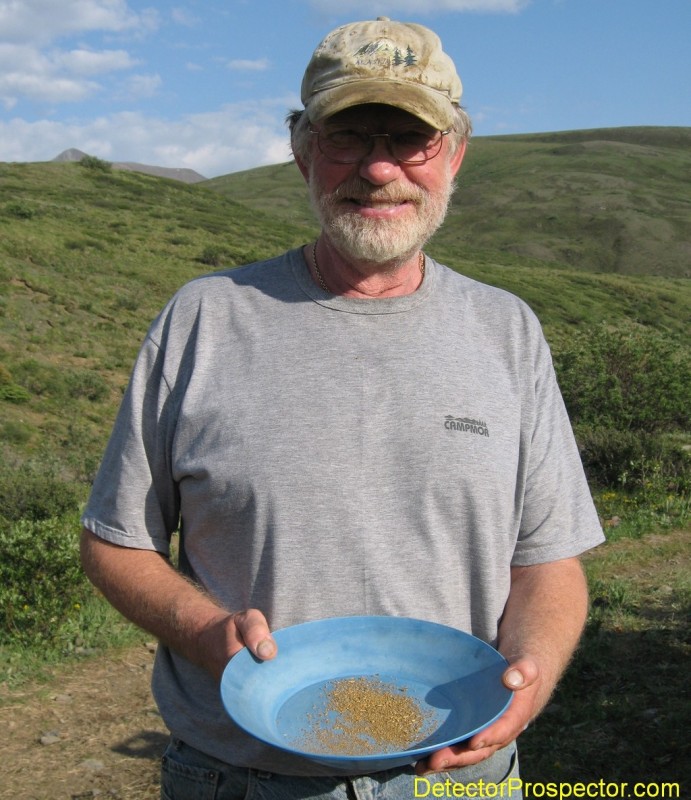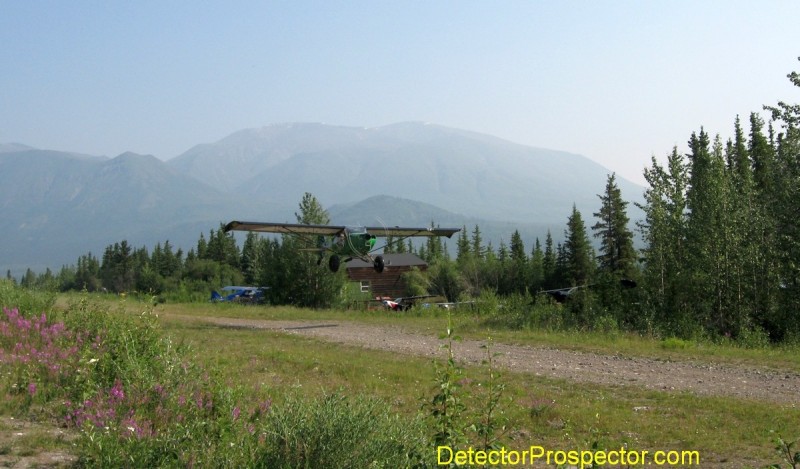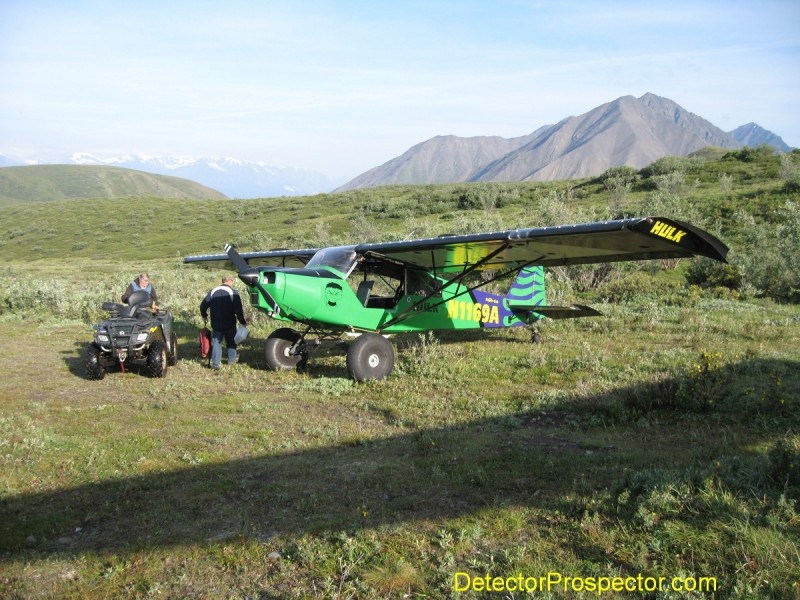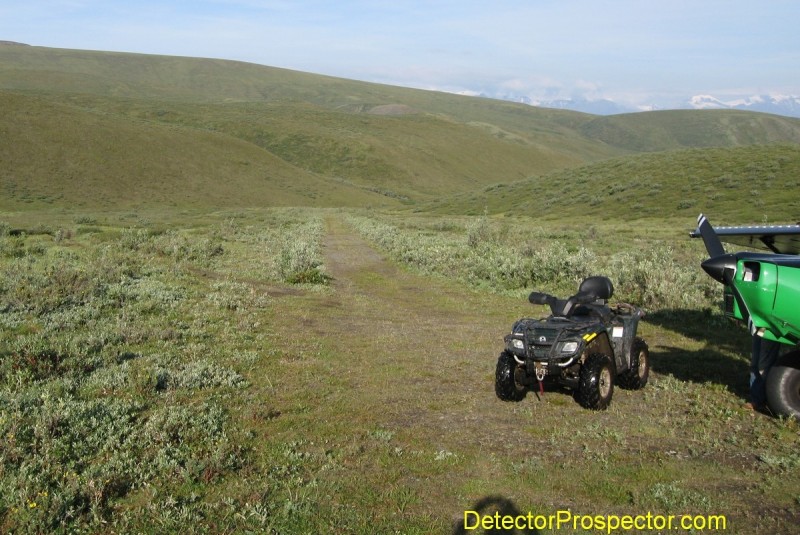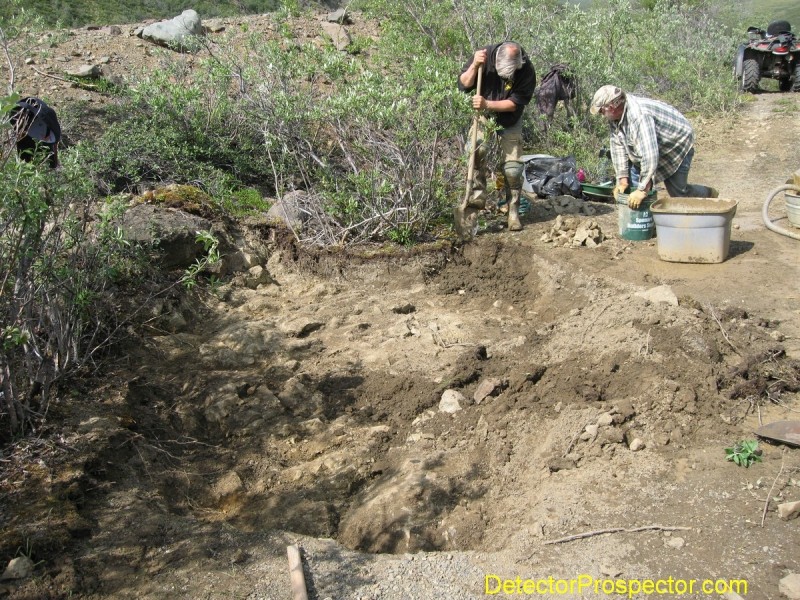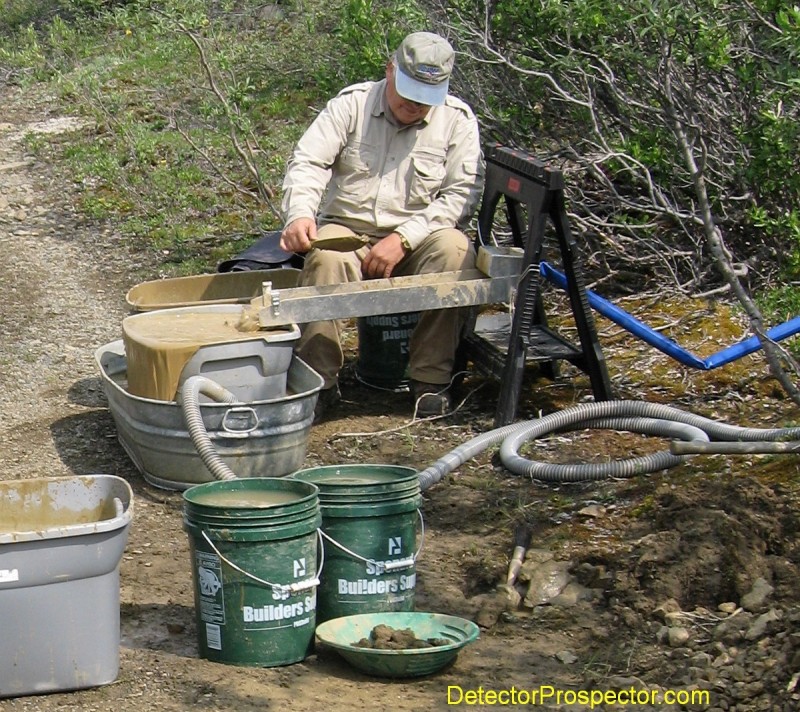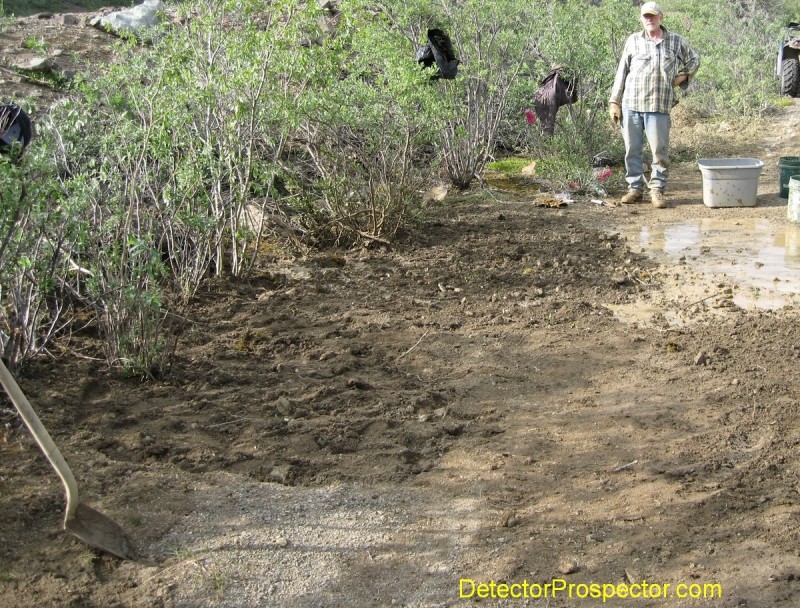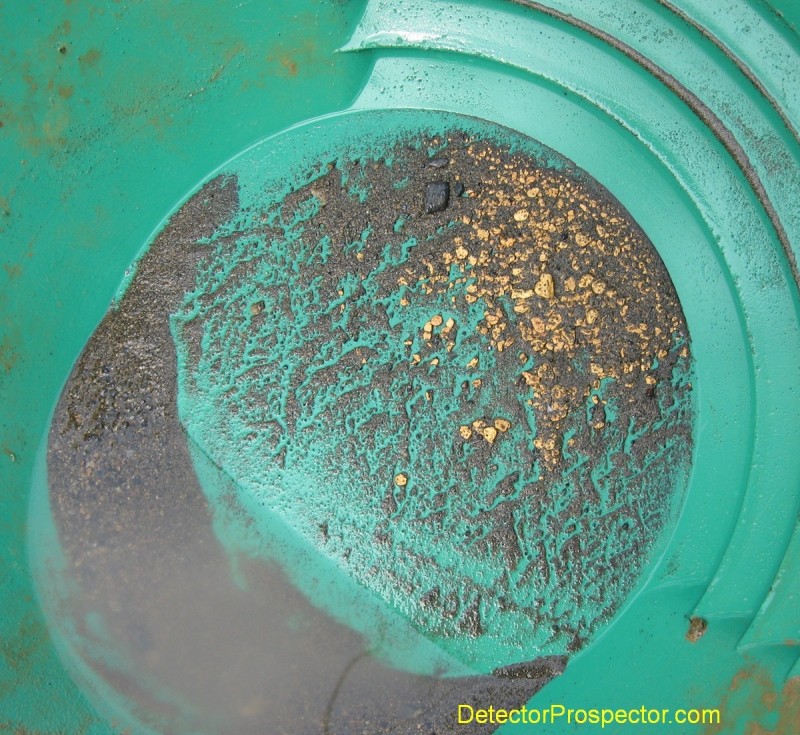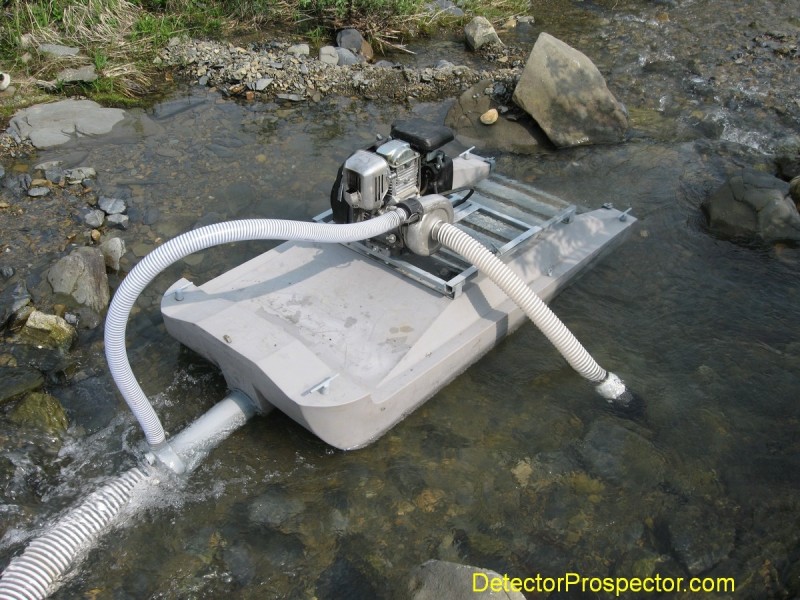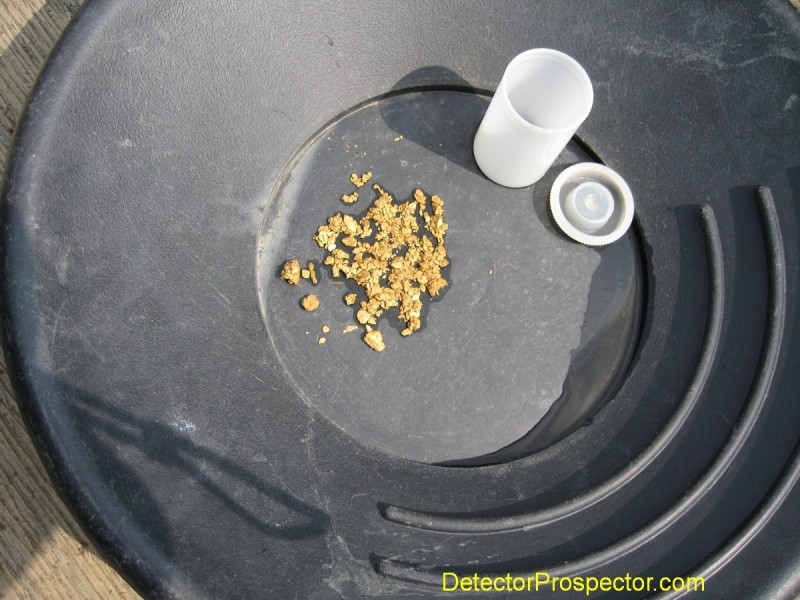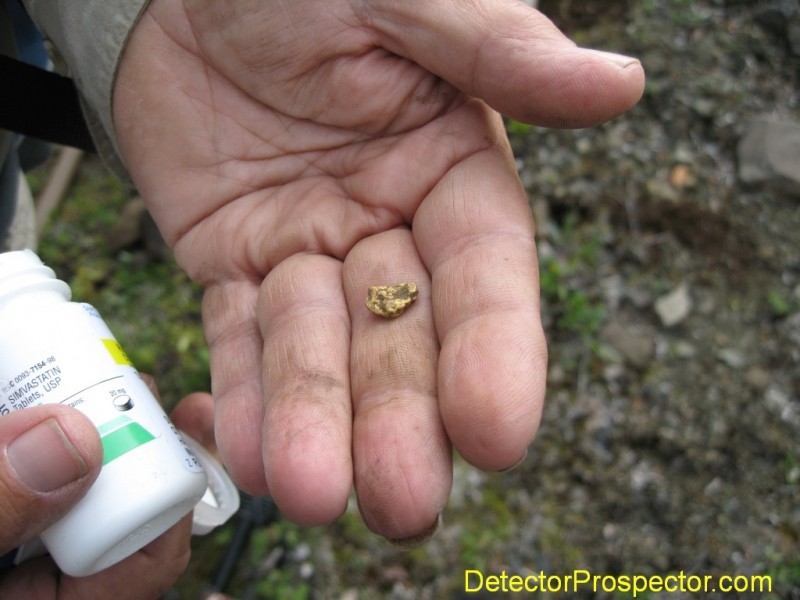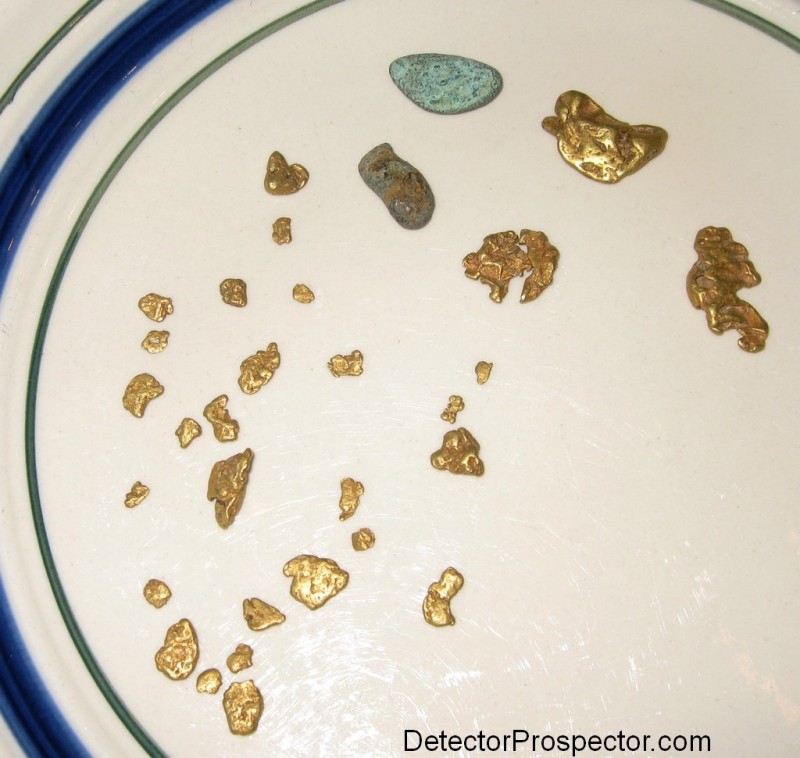-
Posts
19,801 -
Joined
Content Type
Forums
Detector Prospector Home
Detector Database
Downloads
Everything posted by Steve Herschbach
-
What Cabin Fever said above. In ground signals on targets can vary on all detectors, not just Equinox.
-
Rick Kempf passed this to me and it does not look like good news. It is being reported most of the people at Tesoro have been laid off. http://www.treasurenet.com/forums/tesoro/589971-tesoro-laid-off-all-factory-staff.html Tesoro was not a real old company, since it was founded in 1980, actually making it the newest of the major U.S. manufacturers. Still, the company made its mark with lightweight, high performance detectors. Tesoro was also noted for many years for its exceptional support of the independent metal detector dealer. However, that policy changed after founder Jack Gifford passed away in 2015 and the company seems to have been on cruise control ever since. There are probably not too many people surprised by this, but if true it marks a sad day in metal detecting history.
-
Hi John, That mountain is many thousands of feet tall and completely natural. Glacial country of course. The area has very complex geology with massive mixing of rock types both hard and soft, creating the fantastic forms of mountains like this. The most common rock types are slates, shale, and greywacke, various volcanics with red, green, and purple basalt flows being common. And then various intrusive zones with granitic rocks scattered around (like on Skookum). I don’t recall ever seeing any schist in the immediate area. See the geologic report on the area for more details on the geology and history of the region. Before this series is over you will see a lot more mountain scenery. And thanks for the thanks with many back at you! Here is a look at the camp at Little Eldorado - a little spot of civilization in the middle of the wilderness! Civilization Alaska style! This was never a place with huge herds of caribou but there are many in the area. Here is a little herd that wandered by camp one day. Herd of caribou on the ridge Closer look at the caribou - cows and calves
-
Hi Glenn, I am not sure what you mean “do this again” since this is what I do. As far as the passing it along to others - that is why I created this website. Hopefully some people get questions answered and are inspired to make their own adventures!
-
Hi Rob, A bucket line dredge is a much larger mechanical mining method. These scrapers are just the opposite of a bulldozer blade. The dozer blade is pushed ahead. These scrapers drag behind instead to collect and move material. They can be pulled by a horse, hoist, or mechanical crawler. The one I have pictured is described in the passage below as a "bottomless scraper". Sauerman Brothers Crescent Power Scraper Sauerman Brothers, Inc. 1918 - 1937 From Placer mining in the western United States - Part III Dredging and other forms of mechanical handling of gravel, and drift mining by Gardner, E.D., and Johnson, C.H., 1935 U.S. Bureau of Mines page 19: Scrapers & Hoists Scrapers and hoists have been used for excavating and pulling placer gravels to washing plants. A scraper set-up with ground lines only consists of a hoist, usually with two drums, a scraper, and a cable. The scraper is pulled forward by the hoist over the gravel and picks up a load which is then pulled to the washing plant. The cable for pulling back the scraper goes through a sheave on the far side of the pit . To allow latitude of operation the sheave usually is attached to another cable stretched at right angles to the line of pull. The sheave sometimes can be shifted at right angles to the pull by means of a third drum on the hoist. The scraper is pulled on the ground both ways. The set-up with an overhead cable is more elaborate; additional equipment consists principally of the overhead cable and a mast. After being filled the scraper is run to the plant and back on the cableway. The scraper or bucket is elevated by tightening the headline. Both bottomless and closed-bottom scrapers are used with ground lines and only closed buckets, usually of the Page type, are used with cableways. Boulders in the gravel and points of bedrock projecting up into the gravel cause the scrapers to jump. A bottomless scraper will loose its load on hitting a boulder, and a scraper of the closed type is difficult to fill in bouldery gravel. In easily dug gravel the bottomless scraper usually delivers a full load and can push considerable loose material ahead of it. The load is dropped by simply pulling the scraper backward, an advantage that scrapers with bottoms do not have. A closed-type bucket operating on a headline overcomes some of the difficulties of excavating with a drag; furthermore, it can be run at a greater speed once it is filled and the headline tightened. For long hauls the headline or cableway excavator has a further advantage in lower power and labor costs; moreover, the excavated ground can be elevated to the plant at any desired height with less trouble. However, this type lacks the mobility of the straight drag scraper, is more difficult to install , and because of the additional and heavier equipment has a higher first cost. A scraper is not suitable for digging placer gravels underwater. It follows the line of least resistance and leaves islands of bedrock untouched even where other conditions are favorable. The water is roiled by the digging, and the scraper works out of sight. Moreover, the stirring permits the gold to settle in the gravel being moved, and considerable gold may be left behind unless the pit can be pumped out for cleaning up. For many years scrapers have been used successfully at sand and gravel pits . They have been tried at a number of placer mines in the Western States but generally have failed, usually because boulders were encountered in the gravel. In Alaska, however, scrapers have proved successful under favorable conditions and have been preferred to other types of excavators. Advertisement for the Sauerman Brothers Scraper
-
2010 saw the validity exam process in full swing. We were tasked with finding payable ground on every ten acre section of the claims. Areas previously off limits due to lack of permitting could now be sampled. A validity exam, simply put, requires that you prove the ground can be mined at a profit, or you lose the ground. Needless to say this is important stuff, especially since no serious mining can take place on claims like these prior to them being show as valid under the testing regime. Anyone interested in the process can find details in the Placer Mining Claim Owner’s Guide For Validity Examinations On BLM Managed Lands In Alaska. The weather was wet and cold on arrival, with the creeks high and snow almost down to camp level. Things always look brighter and sharper after the rains. Little Eldorado Creek running high and muddy Snow on the mountains above camp View down Little Eldorado Creek valley I worked this sample hole on Little Eldorado Creek with a Keene 4" suction dredge. This is the same creek running so high and muddy just a few days earlier - the water goes down just as fast as it comes up. Pretty spot but I hit either a clay layer of decomposed bedrock at shallow depth. The records mention a clay layer in the area, so I tried to punch through it, to no avail. The smooth clay surface was holding no gold, so except for a little fines this hole was pretty much a bust. Keene 4" suction dredge at test / sample location Keene 4" suction dredge with air compressor - good little rig The ill fated sample hole - much deeper than it looks! There was this little gut on Little Eldorado near camp that looked like it needed sampling. The problem is there was minimal water flow in the little stream. We set up a 2.5" suction dredge and fed water using a larger than normal pump placed on the creek over 50 feet away. This actually worked quite well. Another not great test site however. Starting sample hole with 2.5" dredge Water source on far right feeding dredge on far left The Willow Ptarmigan is the Alaska state bird, and there are plenty in the area. This one watched the festivities from a safe location. Willow Ptarmigan watches miners at work The little gully right behind camp is known as Skookum Creek or Skookum Gulch. The gully is short and narrow but was fabulously rich. The deeply fractured bedrock was removed to a depth of above 12 feet, leaving large piles of fractured rock piled on both sides of the gully. This gully was the first place I found gold on my first trip to the area. View up Skookum Gulch Broken bedrock piled along Skookum Gulch Highbanker/dredge taking sample on Skookum Gulch Unfortunately the oldtimers did a real job on Skookum Gulch, and so little gold was found the upper claims here were lost. The Arctic Ground Squirrel is very common in many Alaska locations. These squirrels are also known as "parka squirrels" (often pronounced "par'kee") by many people, especially the native people of Alaska, no doubt because the pelts were useful in making clothing. Many people do battle with these squirrels since they dig holes where you don't want holes, and they get into cabins and really cause a mess. I gave that fight up ages ago and now prefer to watch the little fellows. They mostly just eat and sit in the sun but also engage in some hilarious play. Arctic Ground Squirrel having a snack Alpine flowers brighten a scene now and then - some kind of mountain lousewort flower.... Alaska mountain lousewort? And yet another sample location, this one taken with Dahlke 4" suction dredge. Dahlke 4" dredge in action Better look at the Dahlke dredge The irony of the validity exam process is that as the miners we were only allowed to look for sites. However, if a good site is found, the last thing you want to do is mine away. The minute it looks good, you stop, and wait for the BLM crew to come in and do the official sample. This helps prevent any dishonesty on the miners part. That means however that we actually recovered very little gold on this trip as almost everything was left for the BLM crew. Here is a little of the gold found while sampling. Gold from sample location The good news all this work was not in vain. Most of the ground was easily proved up as payable ground, though a few claims and sections of claims had to be dropped. The main thing was we were successful at getting these claims legally locked in as valid mining claims, though it tooks a few more years after this for all the paperwork to get finalized. With that step completed it was then possible to apply for and get permitting for the ground that previously was off limits. Finally, to wrap up this entry, here are a few photos from along the Nabesna road. There is some fabulous mountain scenary along the way! Mountains along Nabesna road Closeup of mountain along Nabesna road To be continued....
-

Reverse Hunting, Pinpoint Hunting At The Beach
Steve Herschbach replied to scoopjohnb's topic in Minelab Equinox Forum
There is always going to be a problem of the raw physics of saltwater and gold overlapping when the gold gets small enough. There is no technology, including the new Fisher Manta, that can fix that because it is inherent in the physics. If you make a detector hot enough it will get the small gold but it WILL detect the saltwater also. If you get the machine to ignore the saltwater, you will also ignore the gold that reads like saltwater. That will never change using VLF, multifrequency, or PI because they are all based on the same rules as regards conductivity. If a metal detector is tuned to ignore saltwater, there is a lot of gold the detector cannot and will not be able to detect. Period. -

Minelab Waterproof Headphone Options
Steve Herschbach replied to Bill (S. CA)'s topic in Minelab Equinox Forum
Bummer - link removed. -
The Kruzer 7” round concentric has been the talk on Nokta / Makro forums for some time now. These are the coils for the Makro Kruzer and Multi Kruzer. Makro Gold Kruzer coils are not compatible and the exact coils available for the Gold Kruzer may differ. The Makro Kruzer and Multi Kruzer come stock with the KR28 7" x 11" DD coil. The Gold Kruzer comes with a 5.5" x 10" DD coil plus the 4" x 7.5" DD coil (yes, the Gold Kruzer includes two coils). Two new coils are in progress, a 9” and a 13” but no word yet in exact sizes and configuration (DD or concentric). Kruzer & Multi Kruzer optional coils (not compatible with Gold Kruzer): KR13 13cm (5'') DD KR18C 18cm (7'') Concentric KR19 19x10cm (7.5''X4'') DD KR24 24x13cm (9.5''X5'') DD KR40 40x35cm (15.5''x14'') DD Search coils for Makro Kruzer and Multi Kruzer
-

Any News On The 15 Inch Noxy Coils?
Steve Herschbach replied to Andy2640's topic in Minelab Equinox Forum
I am a big fan of the F75 but if you get a large coil for it the absolute last one I would get is the actual Fisher 15" round coil. It is heavy and completely ruins the ergonomics of the detector. It also does not seem to add much for depth. I used mine once and got rid of it. I am not knocking Fisher here, just that particular coil. If you want a larger coil for the F75, go aftermarket. It won't be long now for the 12" x 15" - I promise! 15" round DD search coil for Fisher F75 -
-

Who’s Excited For Nokta / Makro?
Steve Herschbach replied to Treasure_Adventure's topic in Nokta / Makro Metal Detectors
I have said it many times - an amazing company and very good to have Nokta / Makro pushing the envelope, and hopefully putting heat on a few others to do the same. Competition can only benefit the end user. And the fact is Dilek has set customer communication standards that should embarrass the competition. I can tell they are working her too hard though - give that lady a raise and an assistant!! -
Nokta / Makro has had the benefit of ongoing product tweaking that means earlier model coils fit on later models with little or no changes needed. Coil work done for Impact benefits Kruzer for instance. With Multi-IQ Minelab has started from square one, and so it is taking more time (a few months) to roll out coils. These are not huge companies with multiple teams working in parallel. More often it is get this thing out the door. Then get the next thing out the door. Then the next. Etc. We got the 6" coil. Next up the 15" coil. And I am sure something will follow that. It just is not going to happen all at once.
-
Yeah Fred, that small plane flying is something else. I have had a lot of small aircraft adventures and am lucky to have had an expert Bush pilot - dear old Dad. Alaska Bush pilot saying: "there are old pilots and bold pilots, but there are no old bold pilots!" Knowing when not to fly is the name of the game, and I spent countless hours weathered in on small strips and gravel bars waiting for weather to lift. If you are ever stranded on a dirt airstrip, help the pilot and yourself by walking the runway and tossing the larger rocks aside and filling any squirrel holes, etc. Lots of gold has been found in airstrips made of mined tailings, and if there is ever a hole you want to fill in, those are the ones!
-
At the XP website New X35 search coils for XP Deus
-
The unfortunate fact is the market for high end coin detectors is not where the bucks are. Companies are in business to make money and have to do what it takes to keep the lights on. And that often means catering to the mass market. On the other hand people like me not only buy more expensive detectors - we buy lots of them. It is not unusual for serious detectorists to get new detectors every year of two. So while we are smaller in numbers we do have some influence. Long story short to get my interest in the future a metal detector must be more than another single frequency model. I purposefully took on the White’s Goldmaster 24K as a fitting end to my review of basic single frequency detectors. They long ago hit a wall for performance, and testing new ones.... well frankly it has gotten boring. The most a new single frequency model can do is match the best of the best that have already been made. They might be lighter or less expensive but what is not happening is anything real when it comes to more depth or better discrimination. It does help to narrow ones interests, and ignoring single frequency going forward allows me to focus on what I am still really interested in - new pulse induction and multifrequency models. I am still interested in the latest as regards selectable frequency detectors but even that area of interest is rapidly filling out. My main disappointment in the Multi Kruzer is they broke the higher frequency Gold Kruzer out as a separate product. I wish the Multi Kruzer or Anfibio Multi took the top 19/20 kHz frequency just one notch higher. Something like 5, 15, and 30 kHz would suit me better, more like Deus is doing with the new X35 coils. Those appear to have an excellent balance between high and low frequency. I believe any new model gets judged directly against the Equinox 600 and 800 as new benchmarks for features at a given price. That makes for a tough go for anyone looking to offer new detectors in that $600 - $900 range. The nice thing is that by turning a blind eye to single frequency the list of known upcoming detectors that interest me at all is very short. And being interested only means that, not that I have to have one. The upcoming Fisher Manta has my interest less for what the first generation model will do but where it might lead - hopefully to a prospecting model some day after the beach version is dialed in. And we know Nokta / Makro is working on both pulse induction and simultaneous multifrequency. And that’s it for me. I gave up pestering Garrett for a dry land ATX. No sign of multifrequency from Garrett. I would like to see Whites stuff the V3I in the MX Sport housing but other than that it seems the options on the horizon are limited. All in good fun anyway. The fact is if nobody ever makes another new detector model I am pretty well set. Between the GPZ 7000, Equinox 800, and V3I with Bigfoot coil there is not much I can’t do.
-
My main advice is a 6" coil. Anything else I have covered below....
-
Glad to hear you are ok Norm - I figured I probably just pissed you off somehow!
-
Let's go for a walk down Little El and up Bonanza Creek..... Hand stacked rock on Little Eldorado Creek Old flume system skirts canyon wall Hydraulic piping stacked along creek Exposed bedrock and pipe scattered by floods Old "Long Tom" sections Old flume just below a wooden water collection dam Horse or crawler drawn scraper Brass plate from Sauerman Bros. Crescent Power Scraper Old hydraulic pipe valve section Old wagon wheels Another view of typical Bonanza Creek gold Another caribou To be continued....
-
And a little scenery. There was an old outhouse at camp, which was in rough shape but got the job done. The funny part is that there was a wooden box nailed to the inside wall to hold toilet paper. Every year birds nest on top of the box, and we and they shared the area with no harm done. I got to watch the chicks get big enough to leave the "nest". The old outhouse The chicks close up And side view The shrubby cinquefoil or tundra rose Dasiphora fruticosa is very common in many areas of Alaska. Yellow "tundra rose" There are scattered caribou in the area, which make an appearance now and then. Here are a couple checking out the old flume system. Caribou wondering "what is that thing"? Caribou on the ridge To be continued....
-
This location was closer to water so we were able to set up a highbanker and get more volume. The decomposed bedrock here was carrying quite a bit of small gold. Feeding the highbanker Relaxed gold panning! A cleanup from the highbanker operation Happy prospector with total from highbanker operation To be continued....
-
OK, let's fast forward almost ten years! I ran off in other directions for most of the first ten years of the new century. The claim ownerships at Chisana continued to consolidate over this time as claims were dropped due to the new enhanced permitting requirements. Others were bought and sold, reducing the number of owners. The main claim block at Bonanza and Little Eldorado came up for sale, and we put together a small group to purchase the claims. This in turn resulted in a couple years of intensive activity as the claims underwent a full validity exam conducted by the BLM. In 2009 I visited the claims to show off the ground to some of the new partners, and to start the validity exam process. By now my father was out of the picture and we shifted to using charter services to access the area. There are multiple possibilities but in general we worked out of the Devil's Mountain Lodge airstrip near Nabesna. The owners of the charter operation there are not only pilots but certified airframe mechanics. They have taken Piper Super Cubs and modified them to be more useful. The main problem with a Cub is cargo space. So these guys take a Super Cub, split it lengthwise, and add tubing to make it fatter. This makes a two place airplane into a four place airplane - the Kirk Ellis "Hulk"! Here is a shot of the Hulk taking off on a day made smoky by forest fires farther north. The dirt strip is the Devil's Mountain Lodge private airstrip. Hulk taking off from Devil's Mountain Lodge And here the plane is parked up on "The Hill" (Gold Hill). The ATVs and other gear were brought in overland from the town of Chisana the prior winter. Kirk Ellis "Hulk" parked on Gold Hill airstrip I showed a picture earlier looking up this small mountain airstrip. Here is a view looking down the strip. The approach to land is up the valley in lower right, then a last second turn into the mountainside airstrip. View looking down dirt airstrip Takeoff is in reverse - head downhill and then bear to right on going airborne. Here is a sequence (click for larger view)..... Hulk (modified Super Cub) making short field takeoff The vast majority of this trip was dedicated to trail work, cleaning up the old camp areas, getting gear situated and put away, plus giving the new partners the tour. That being the case for this entry I will mostly just do a photo tour with notes. This is an interesting little test site. Shallow bedrock was excavated and material scraped from cracks and pockets in bedrock and screened into buckets. Excavating shallow bedrock We were far from water, and so set up a little recirculating system. The sluice from a 1.5" dredge was set on sawhorses to dump into a tub to catch the tailings. The tub is placed in a larger tub to capture the water overflow. A 1HP pump collected the muddy water and fed it back into the little sluice box. There is a little water loss, so extra water is added periodically to both make up for lost water, and to cut the increasingly muddy mix. The more mud the water carries, the less ability the water has to cleanly separate gold. Hand feeding collected material into mini sluice The testing and sampling while undergoing validity exams is limited in what you can do and test sites must be recovered as much as possible when sampling is done. In this case the tailings material that accumulated in the tub was dumped back into the hole as it was worked, backfilling the hole to back to near original condition. Recovered sample location And some nice chunky gold recovered as part of the sample process.... Gold recovered from sample location Some dredges and highbankers were brought in for the sampling program, and hopefully for mining later after full permitting is acquired. Most was Keene gear but this used 4" Dahlke dredge was picked up for use due to its exceptional compact, lightweight design. Dahlke 4" suction dredge And a little gold found while dredging.... Gold found with a suction dredge A gold nugget found metal detecting More gold found with detectors To be continued....
-
I don't think it is a mystery. Large coils get better ground coverage (main benefit in my opinion) and also offer a little more depth on coin size and larger targets. Sensitivity to the smallest items will be a bit less and target masking will be more of an issue, as will pinpointing. Electrical interference will increase with a larger coil. The extra weight will make the detector more nose heavy but at 15" x 12" this coil will be lighter than the CTX 17" x 13.5" coil. And apparently about $100 less than the CTX coil. For me a coil like this is a must have for huge areas with relatively sparse targets. Mine will be used for large field detecting, general prospecting, and beach use.
-
There are few places left where you can dredge legally in the United States, especially with larger suction dredges. Alaska however is very dredging friendly. I have been updating the Alaska Mining Claims For Sale page and there are several decent dredging claim packages available now at some good prices. If you are looking for a summer long dredging adventure, this is the place to start so check it out.

